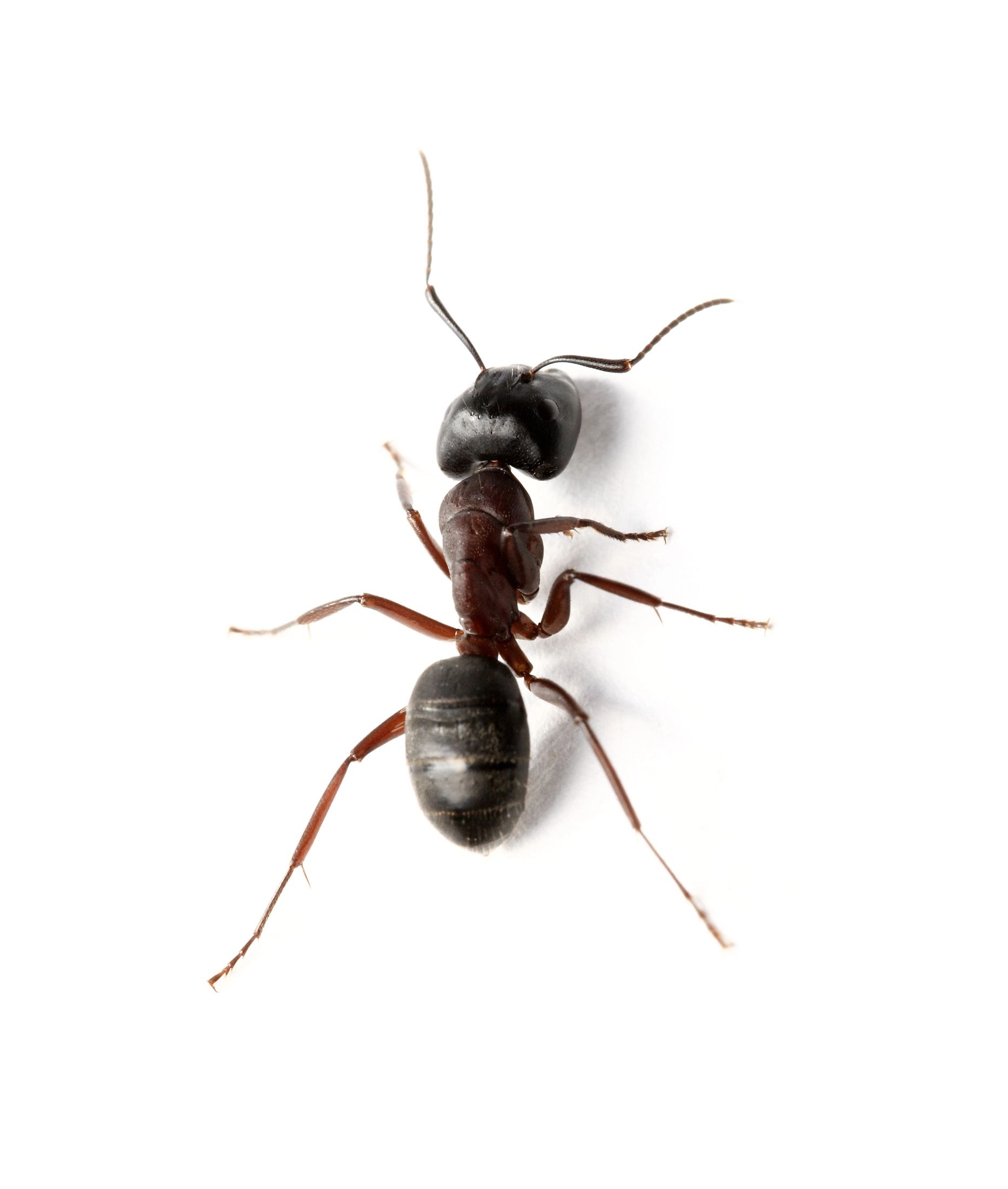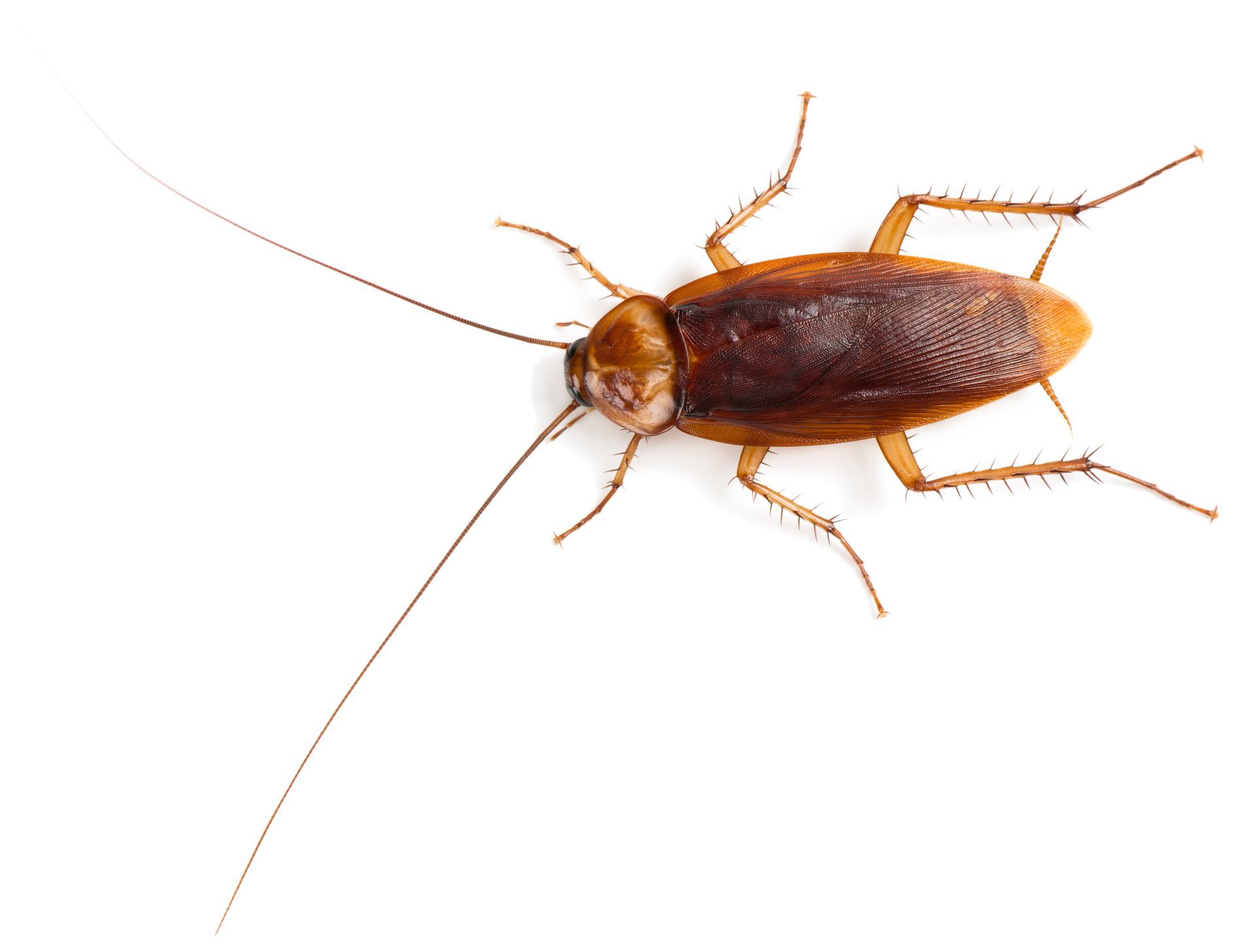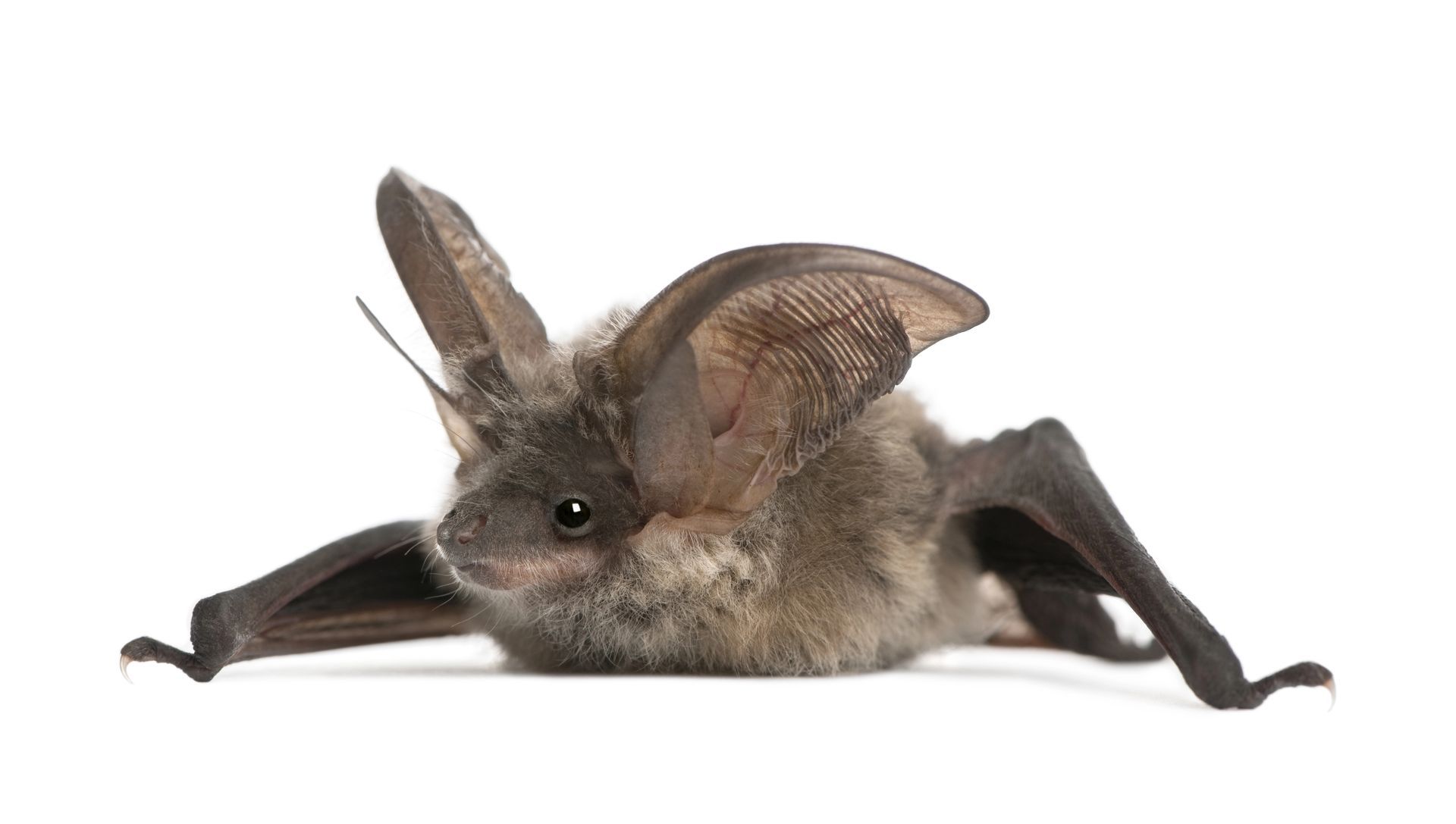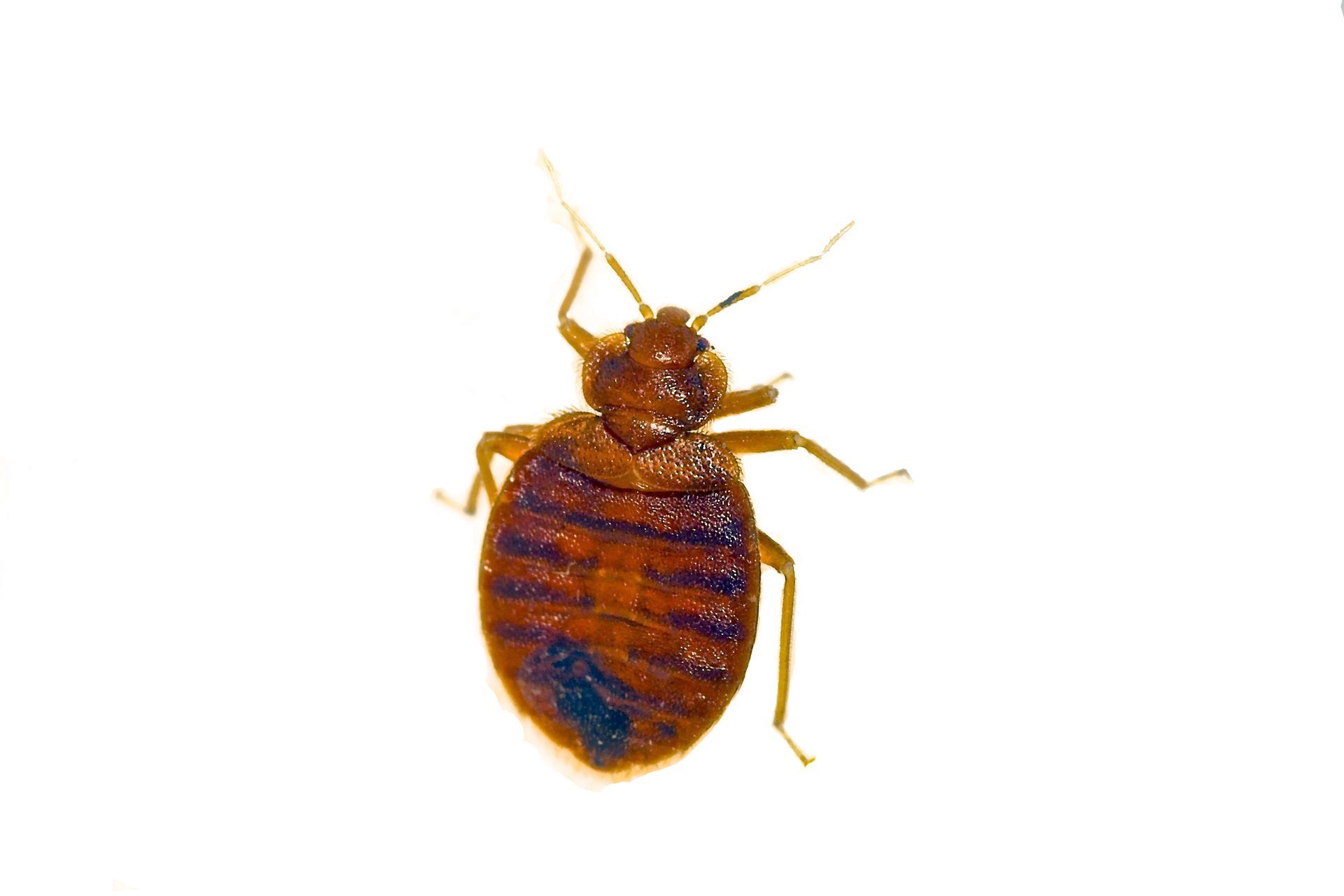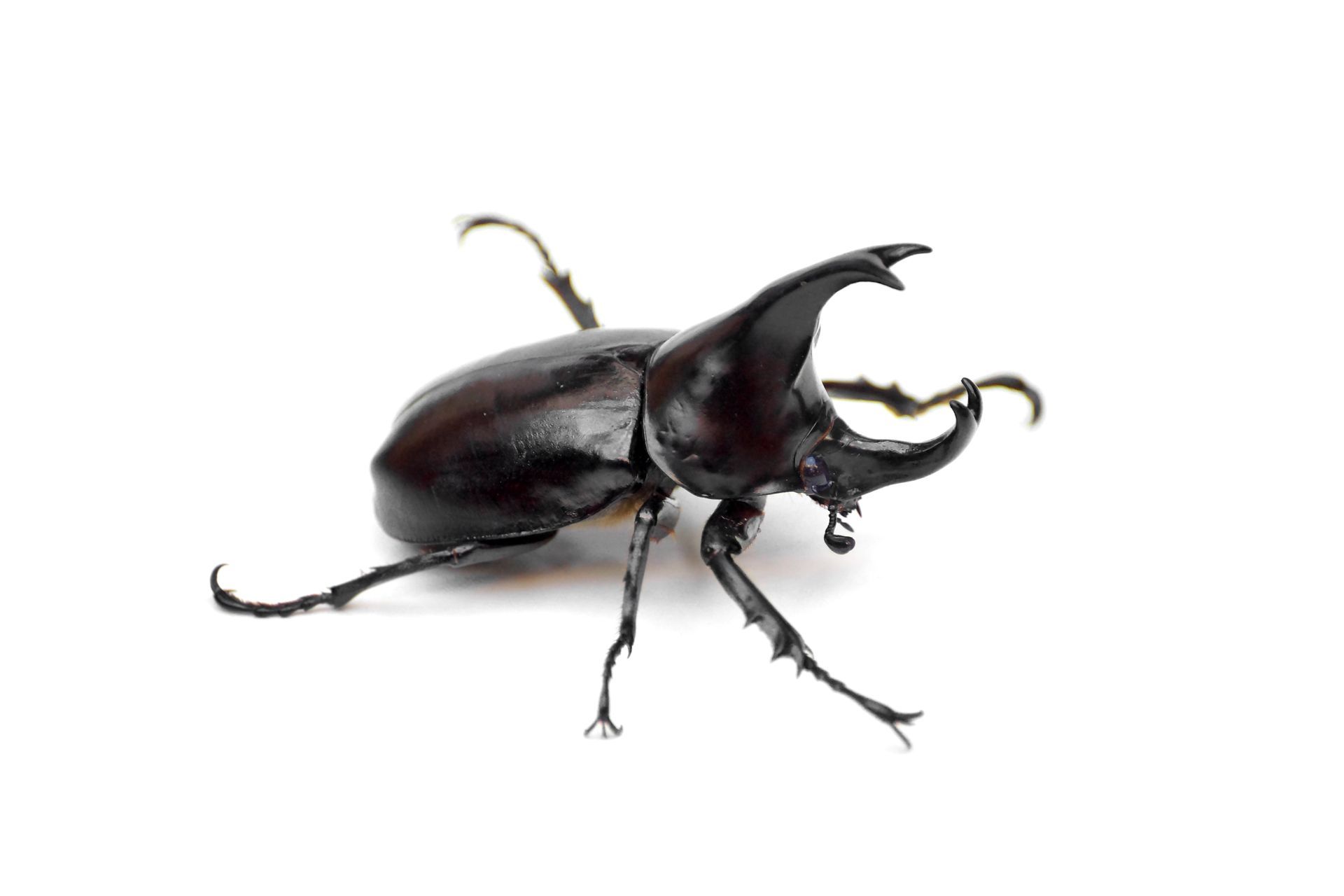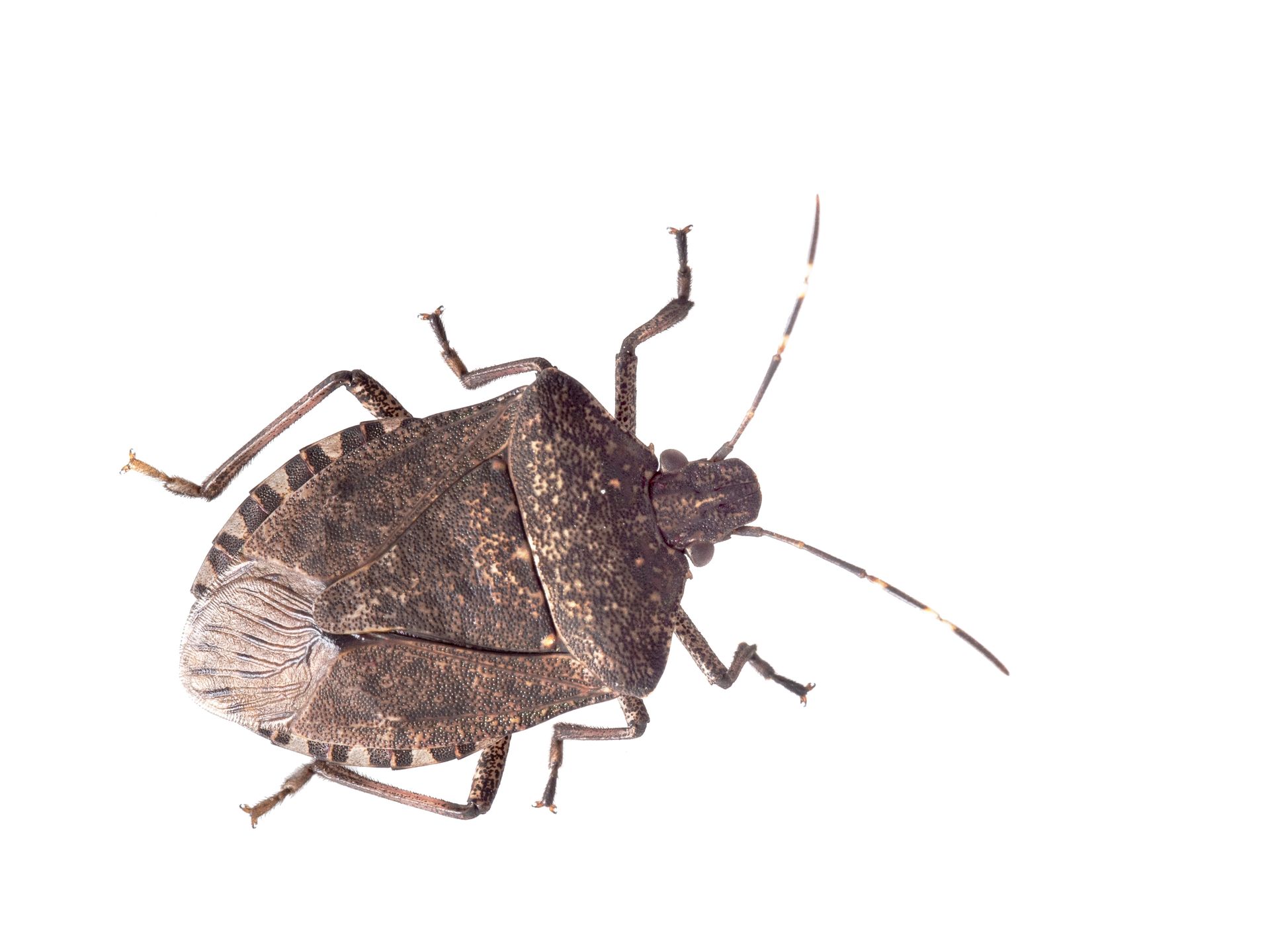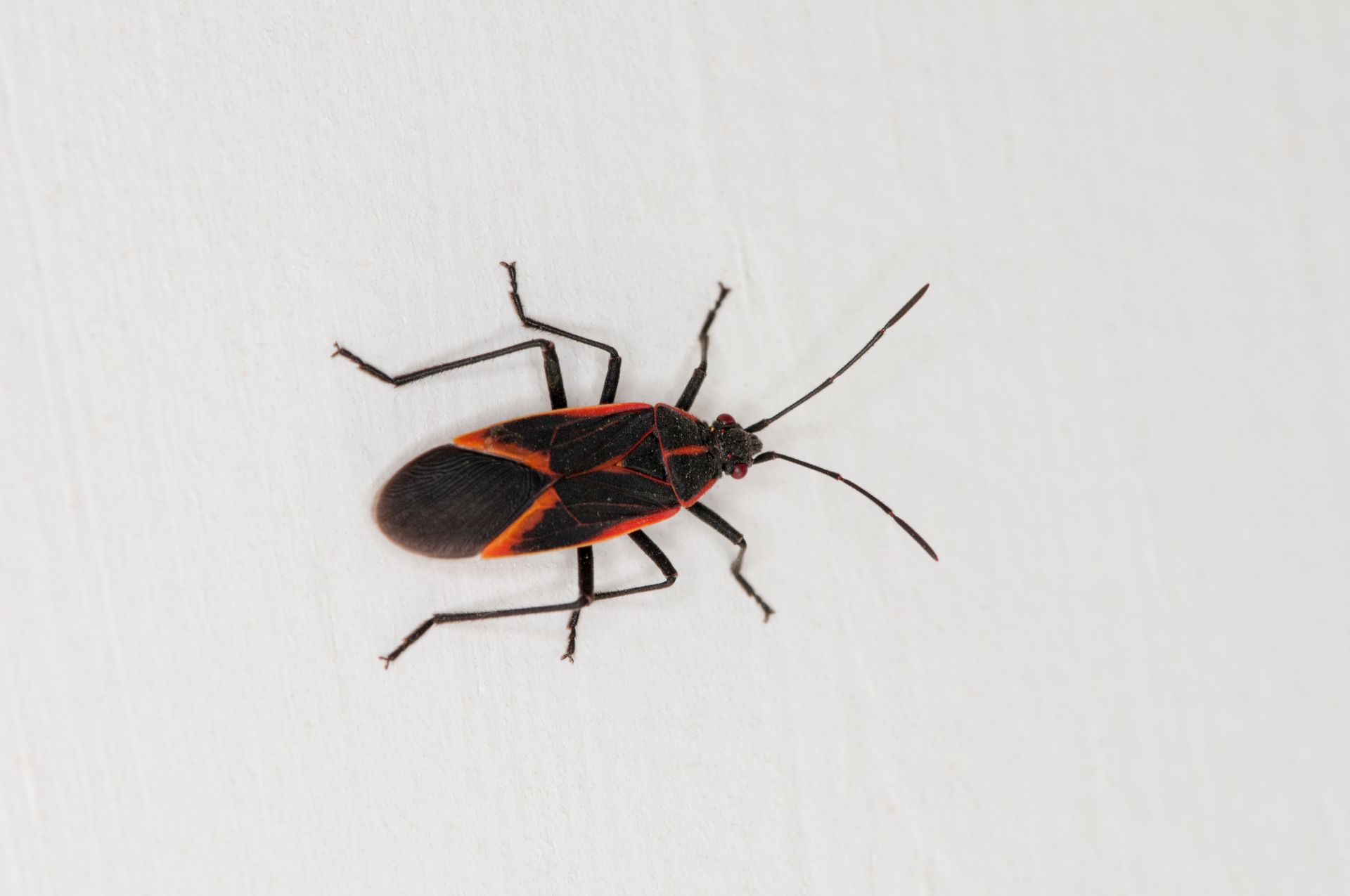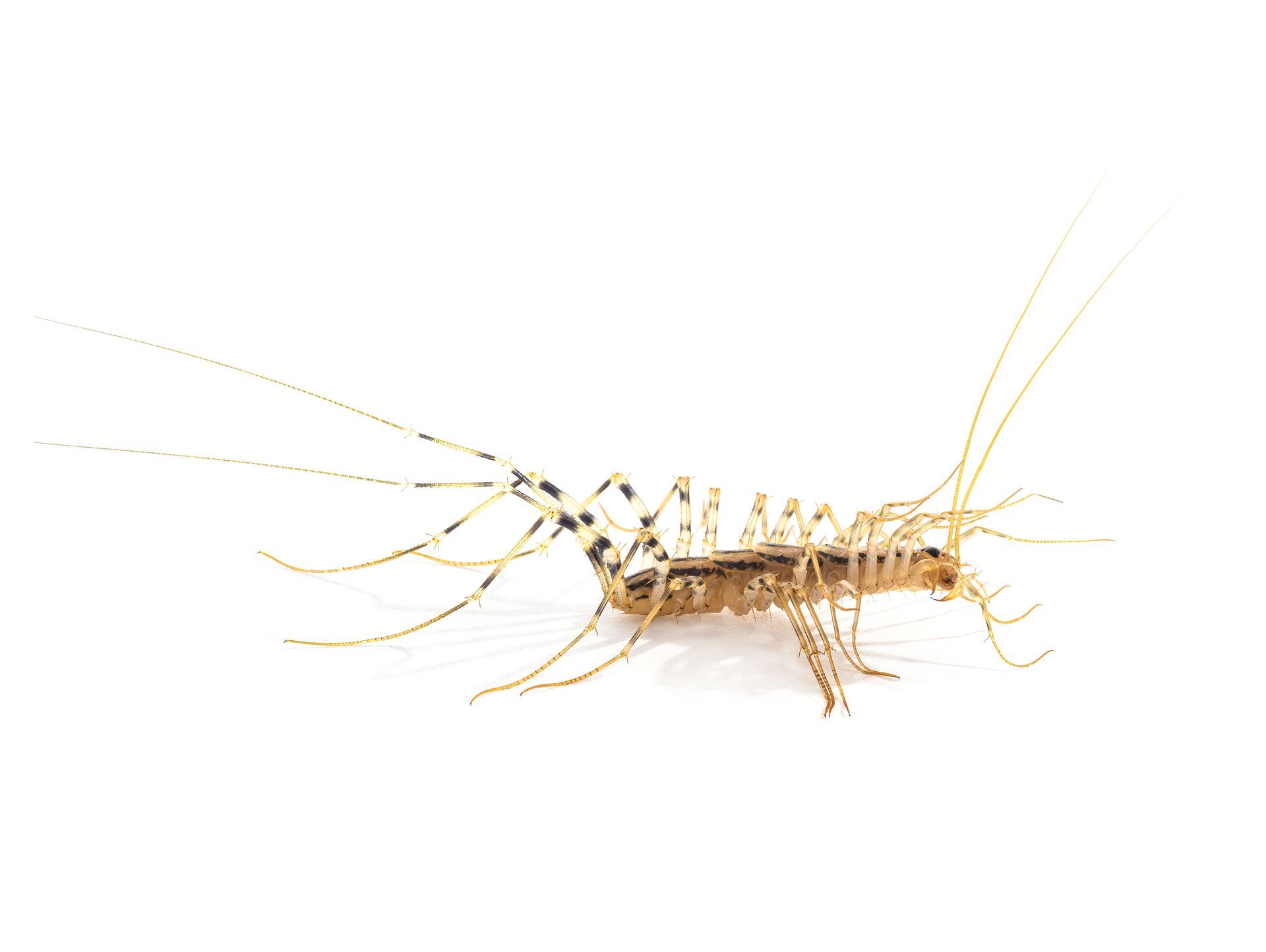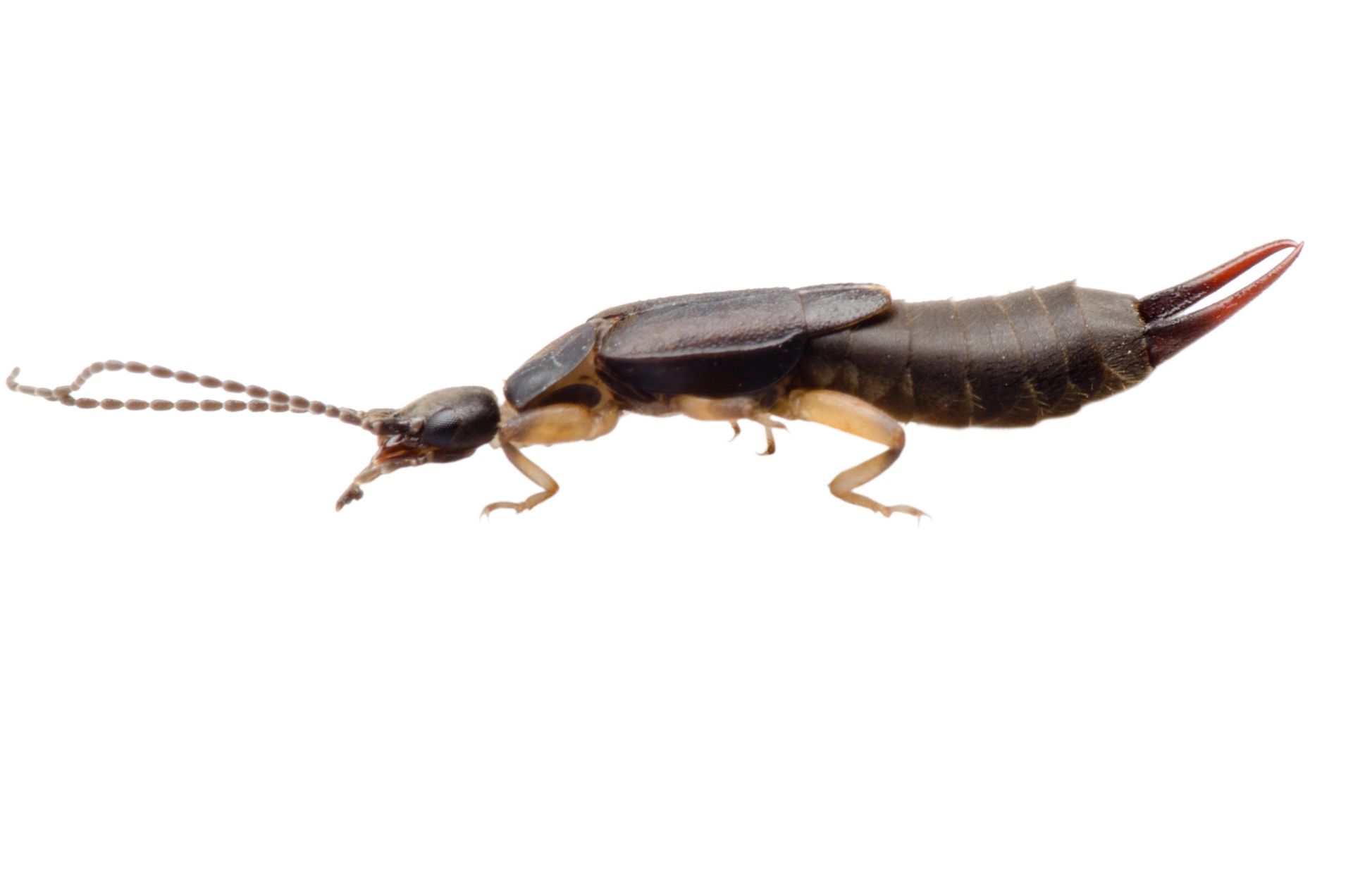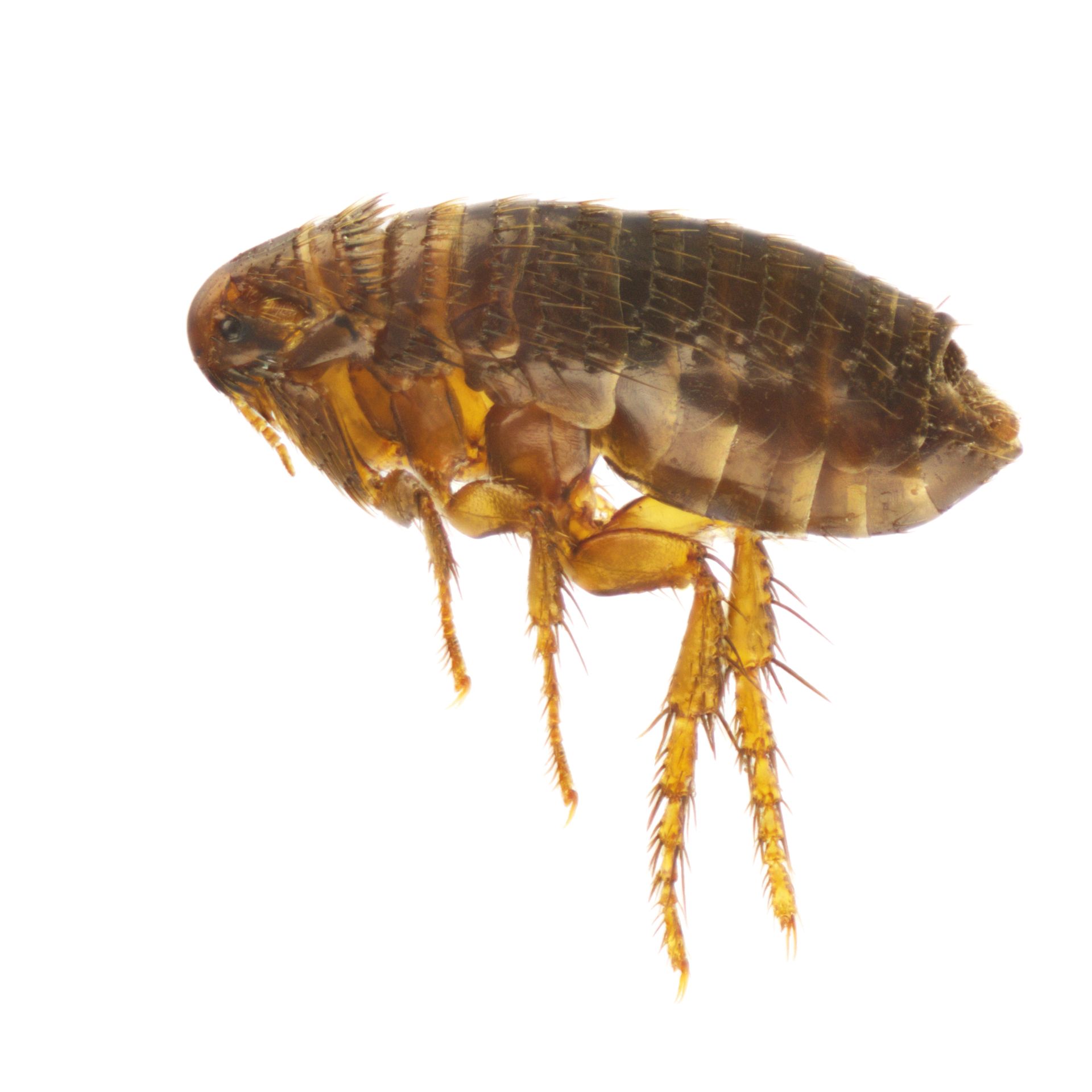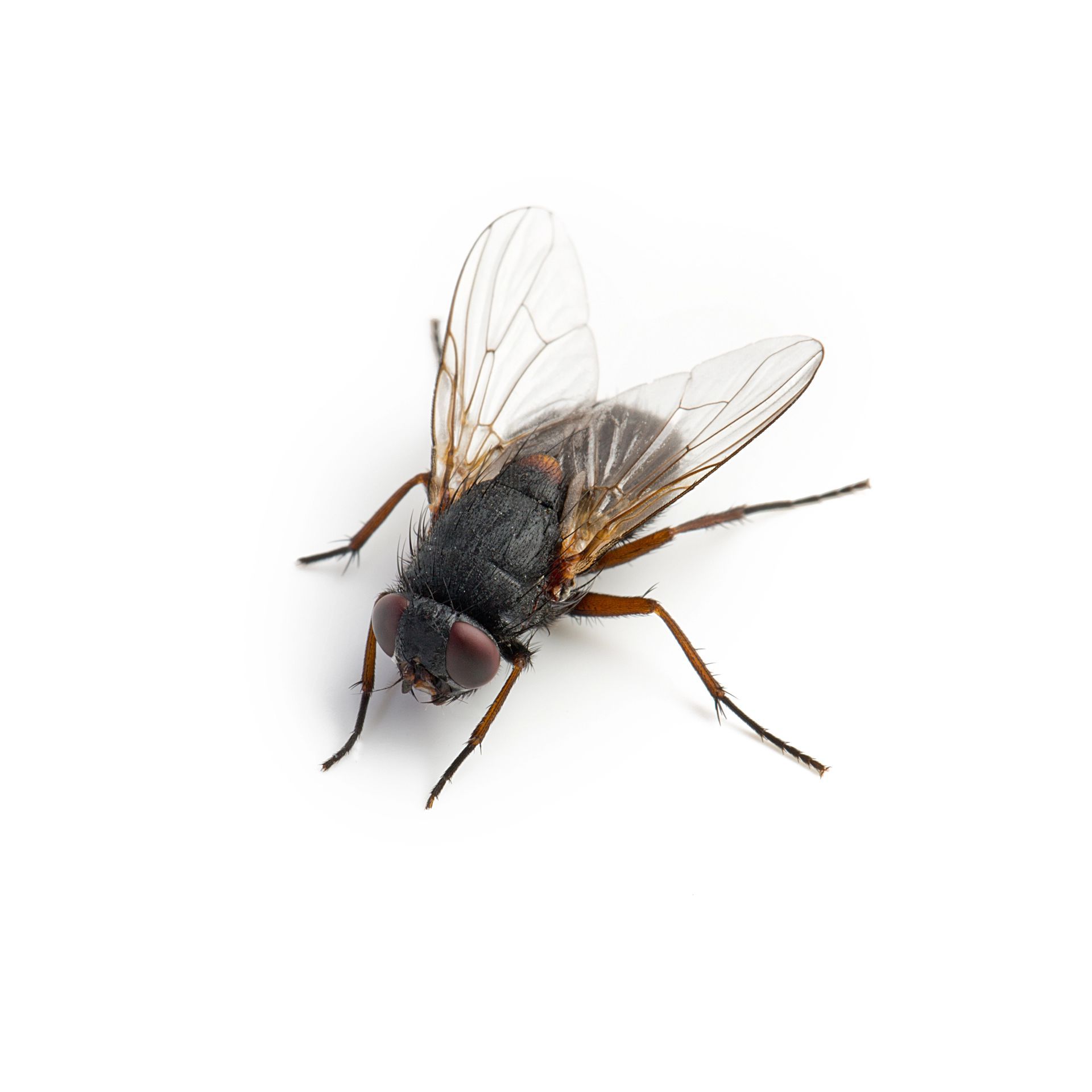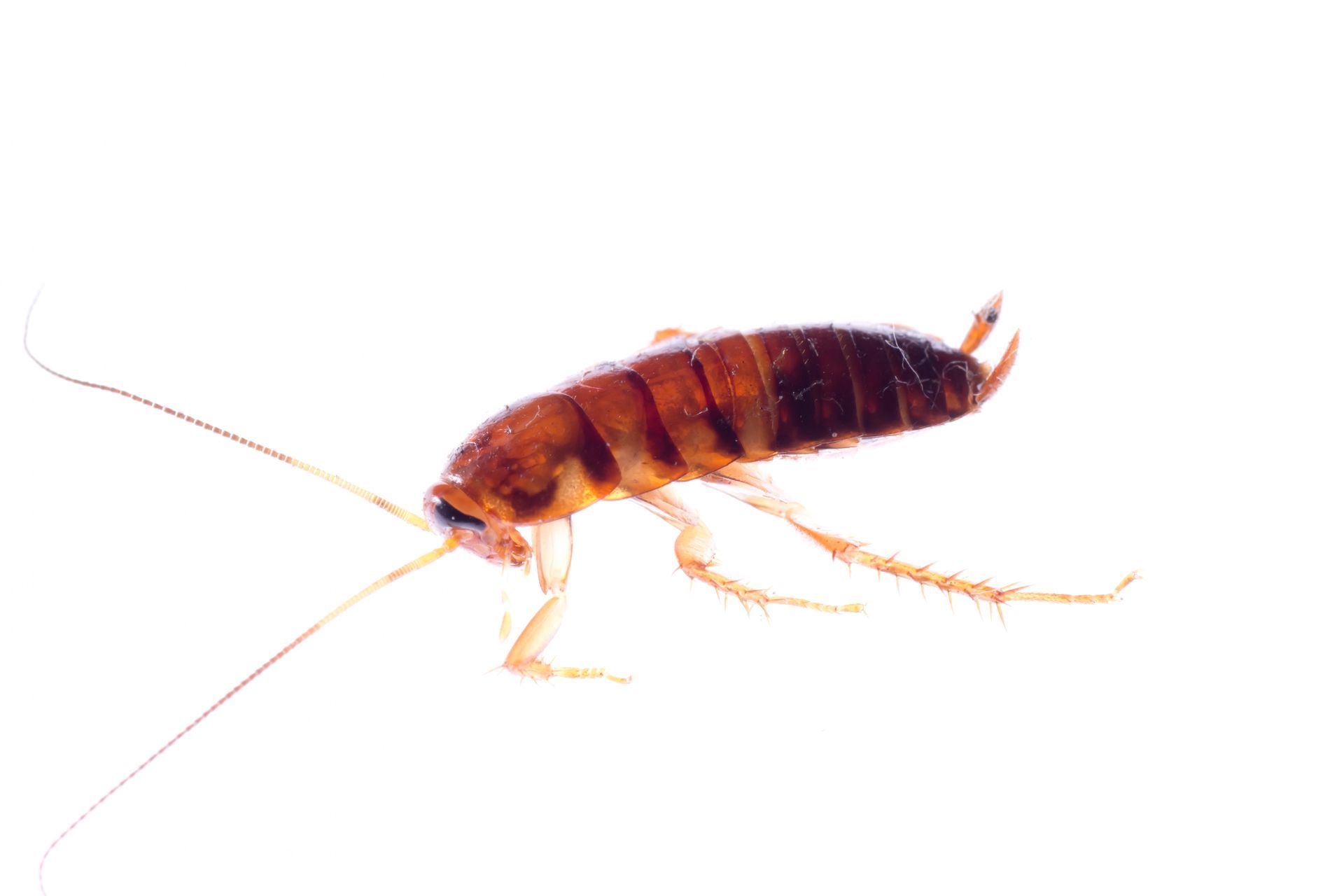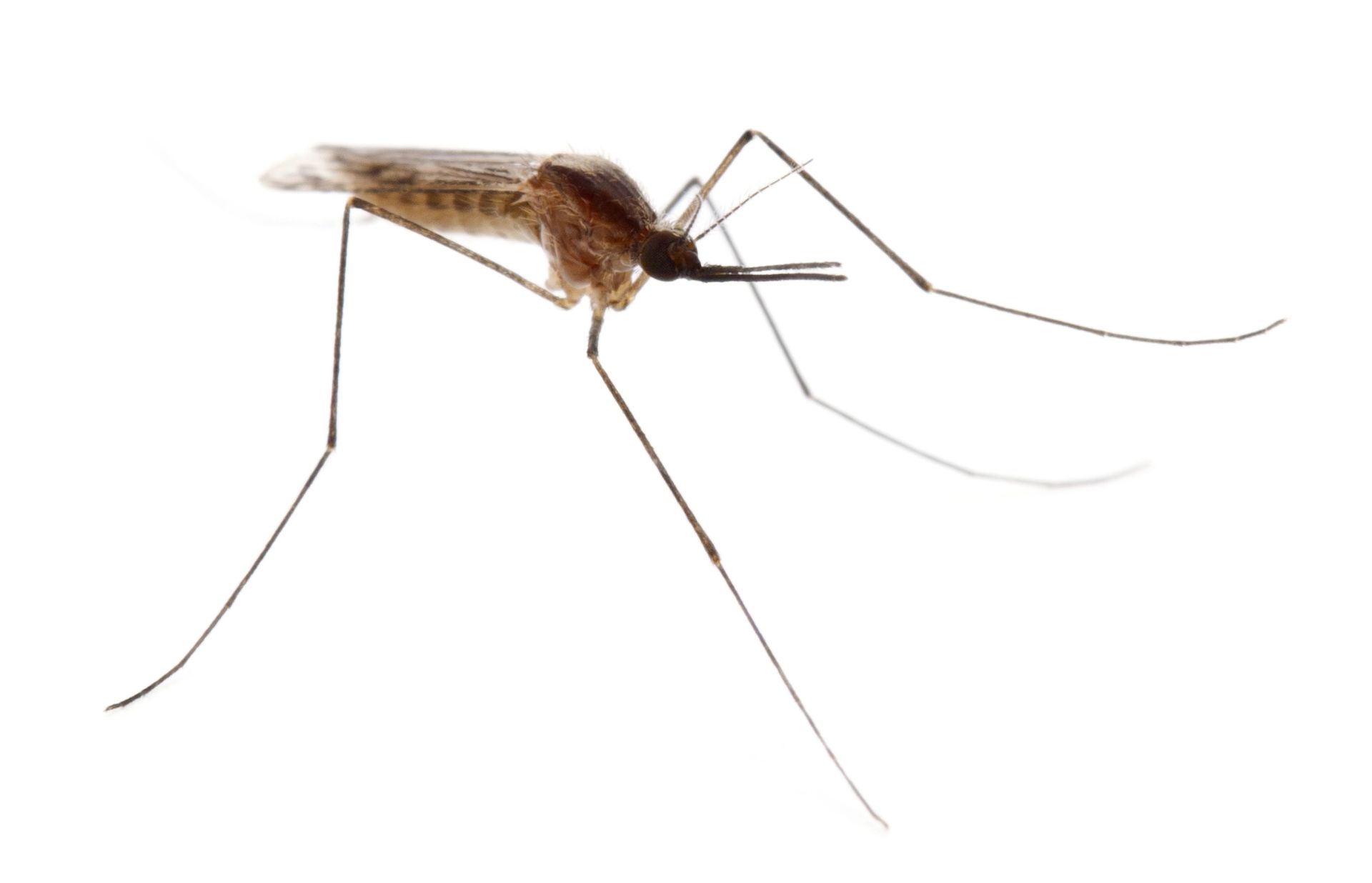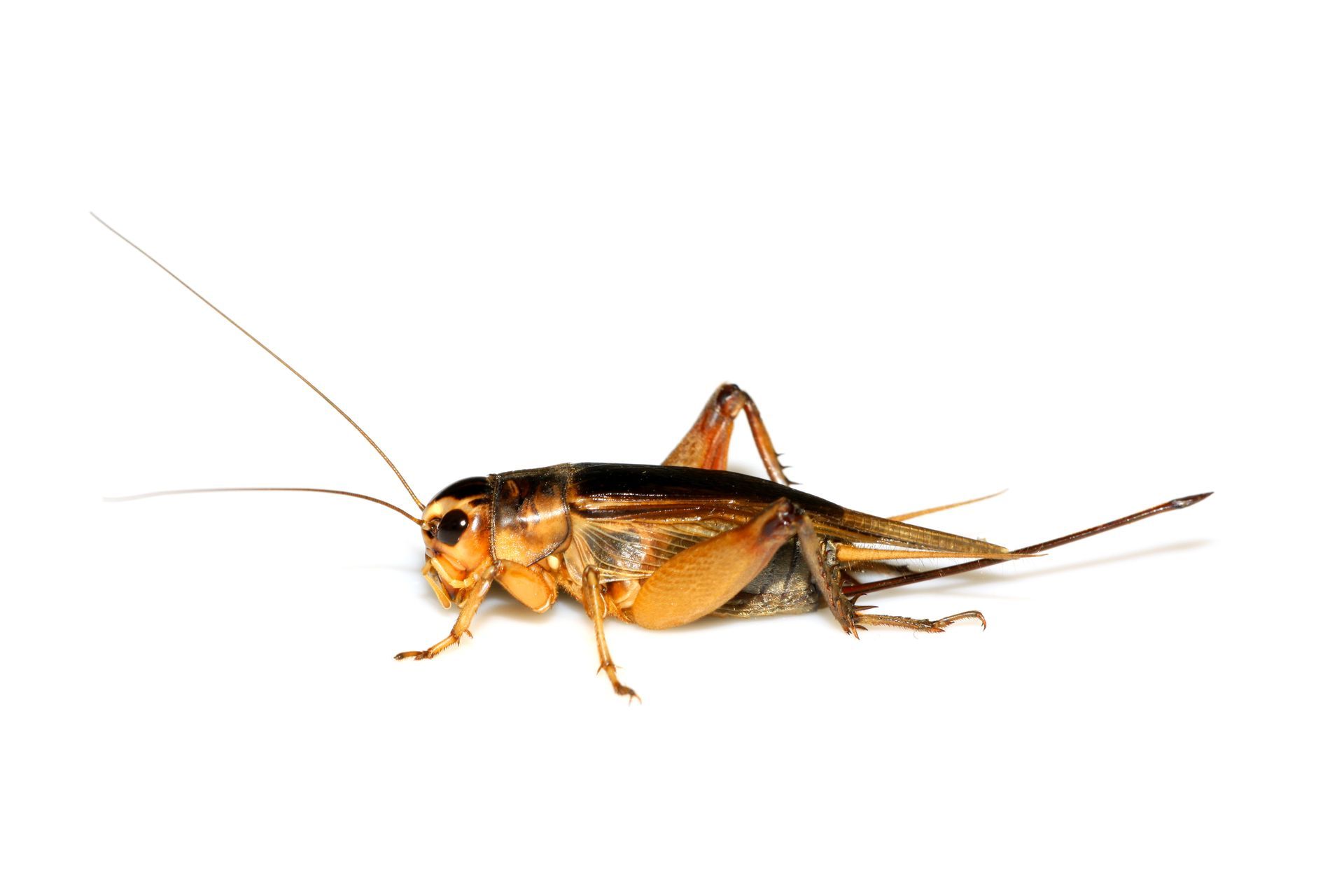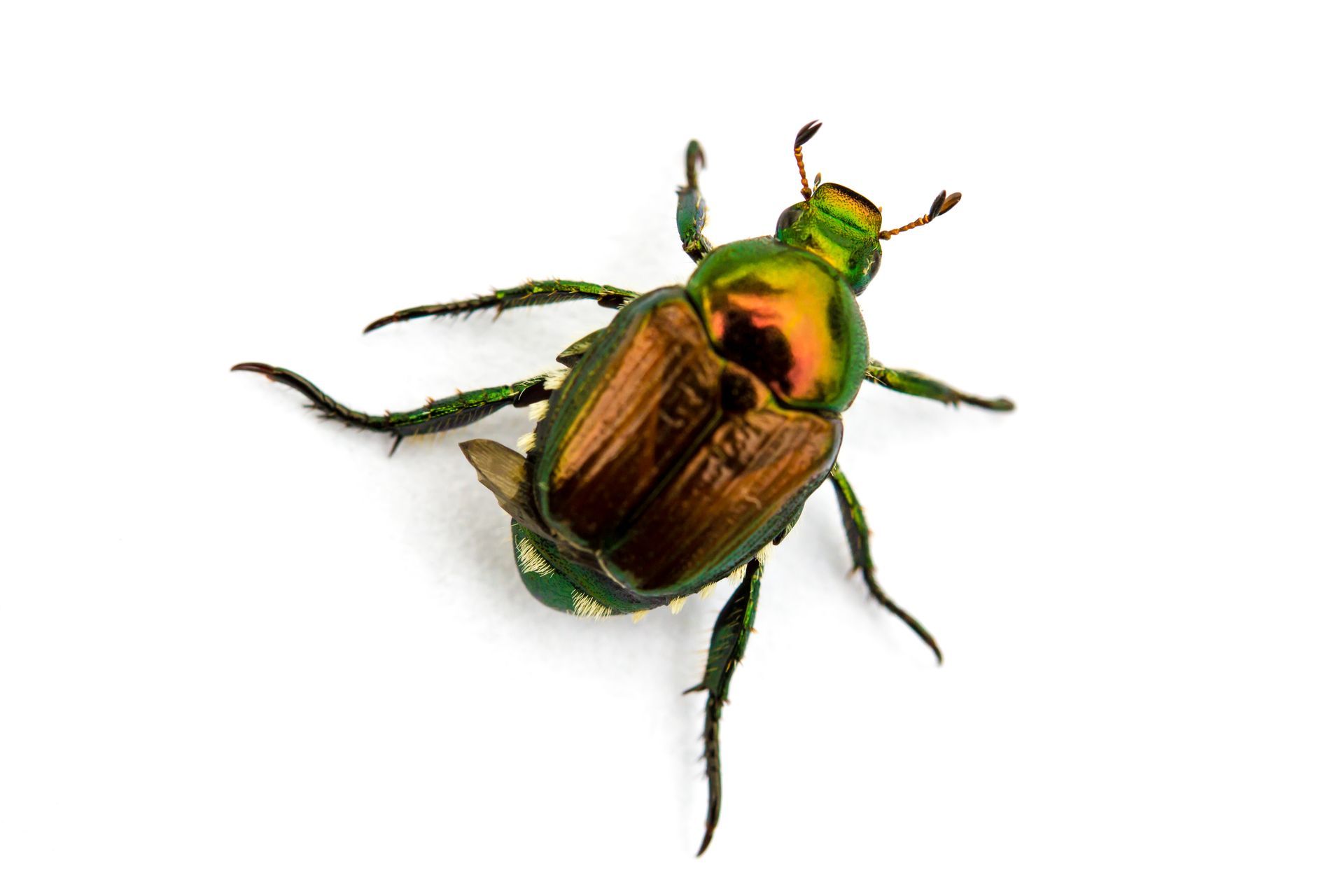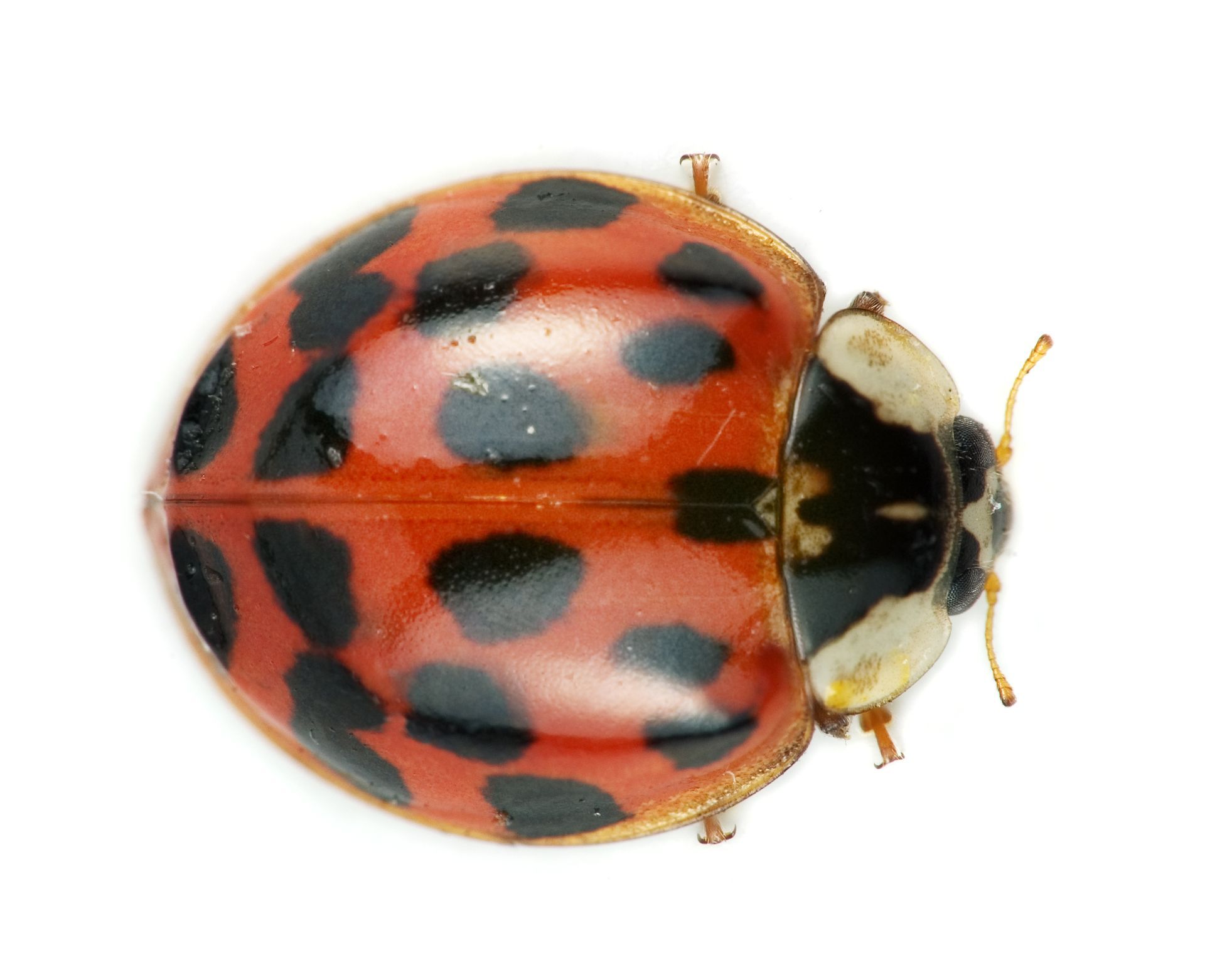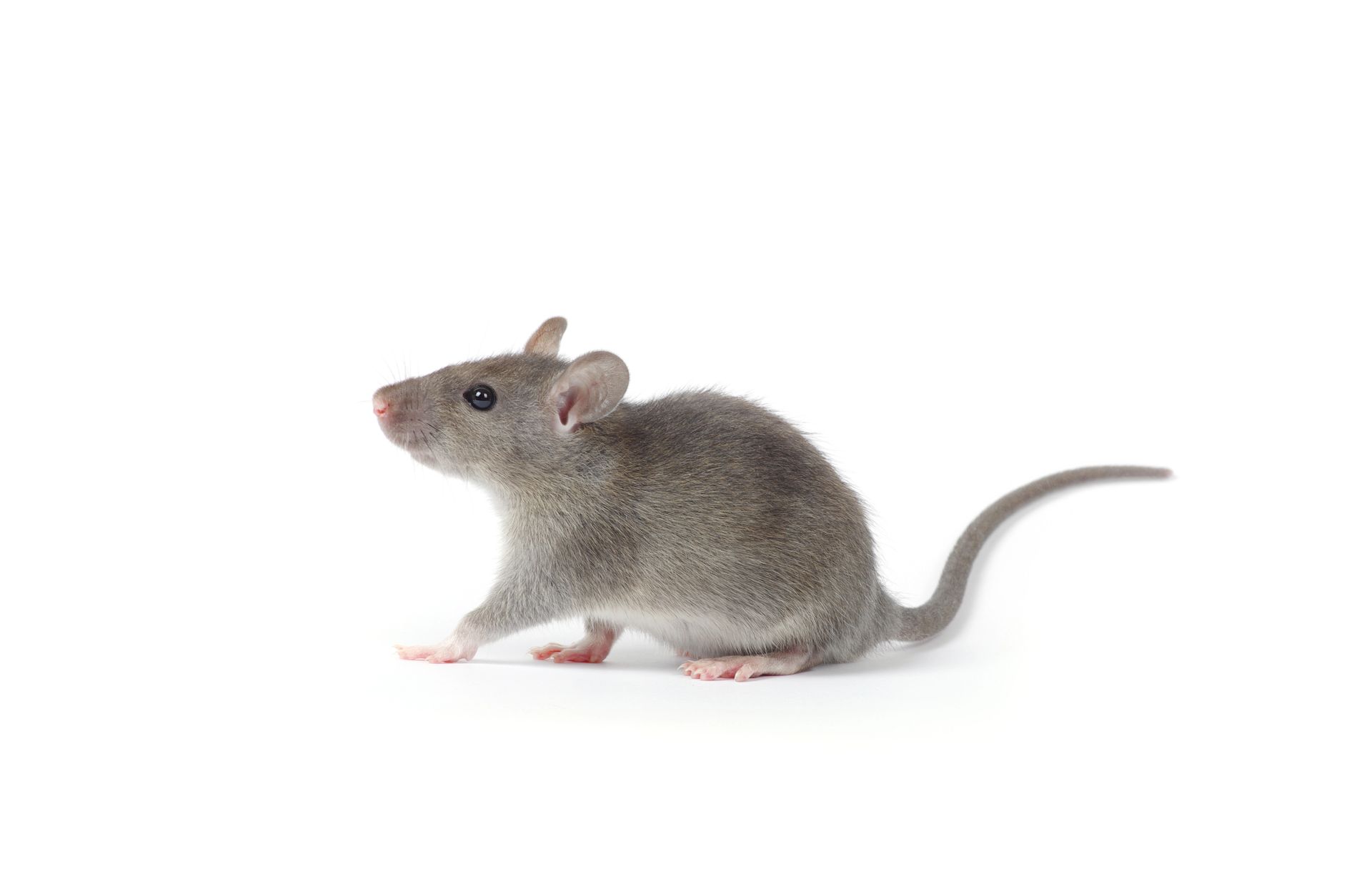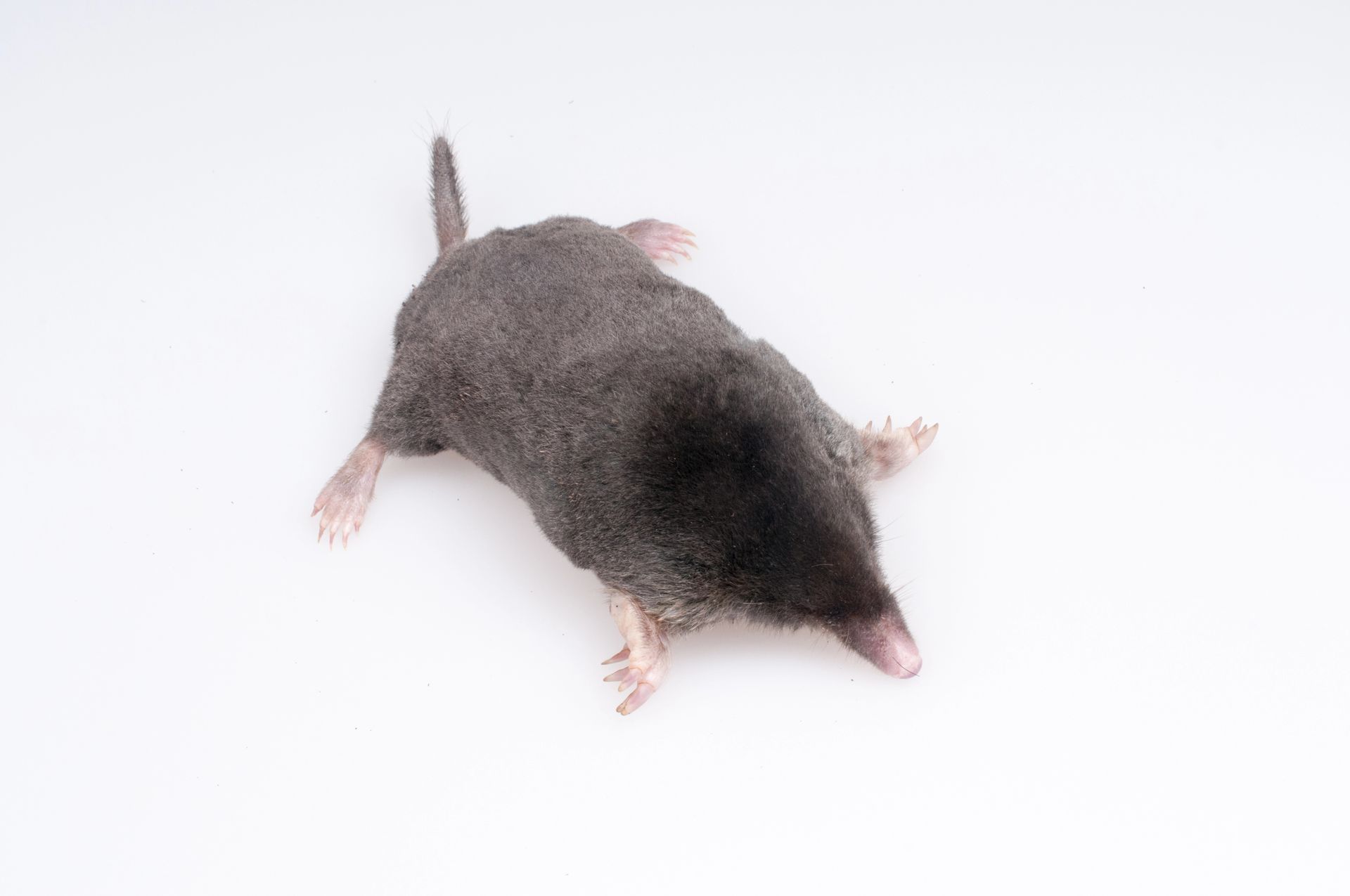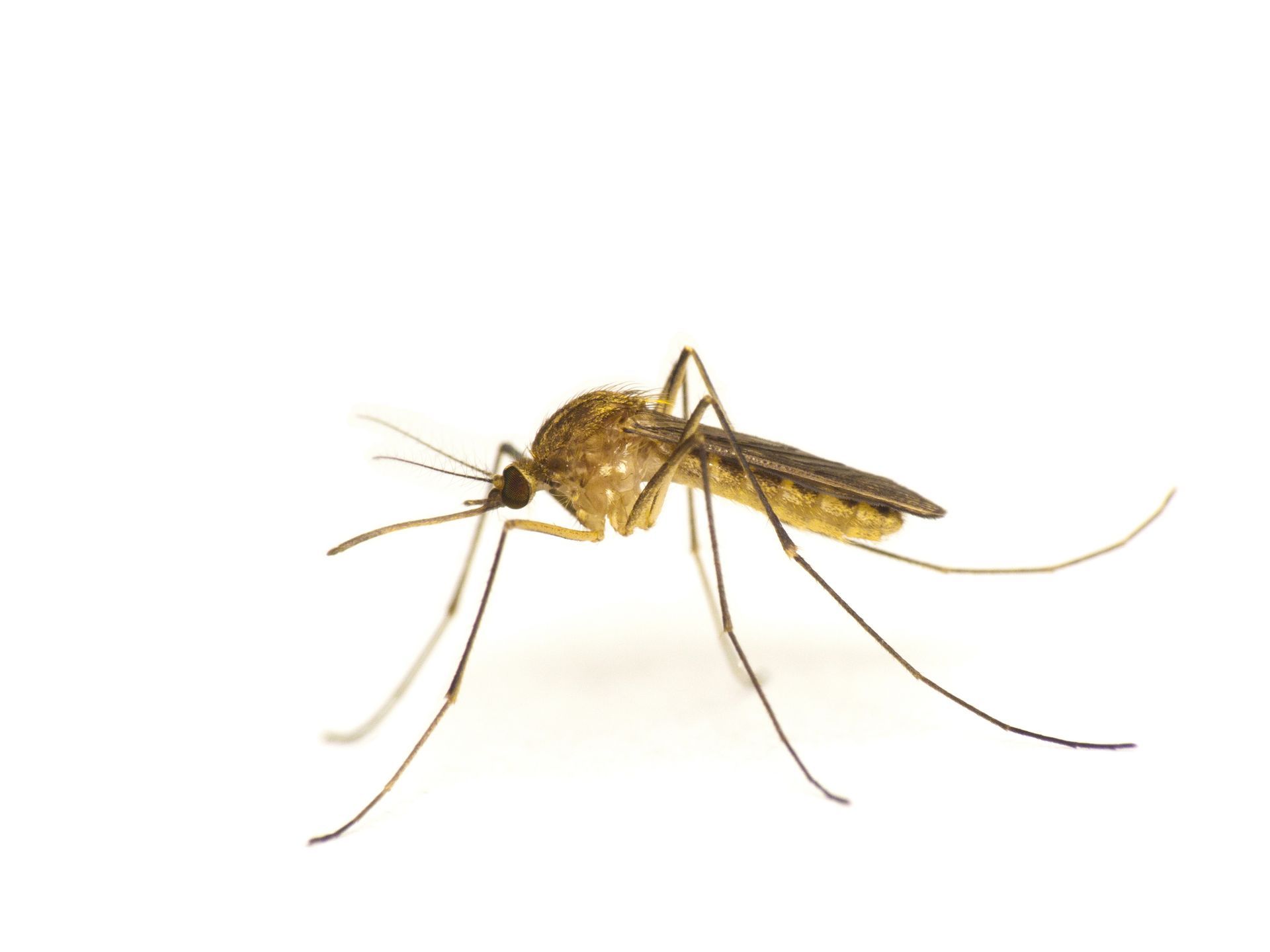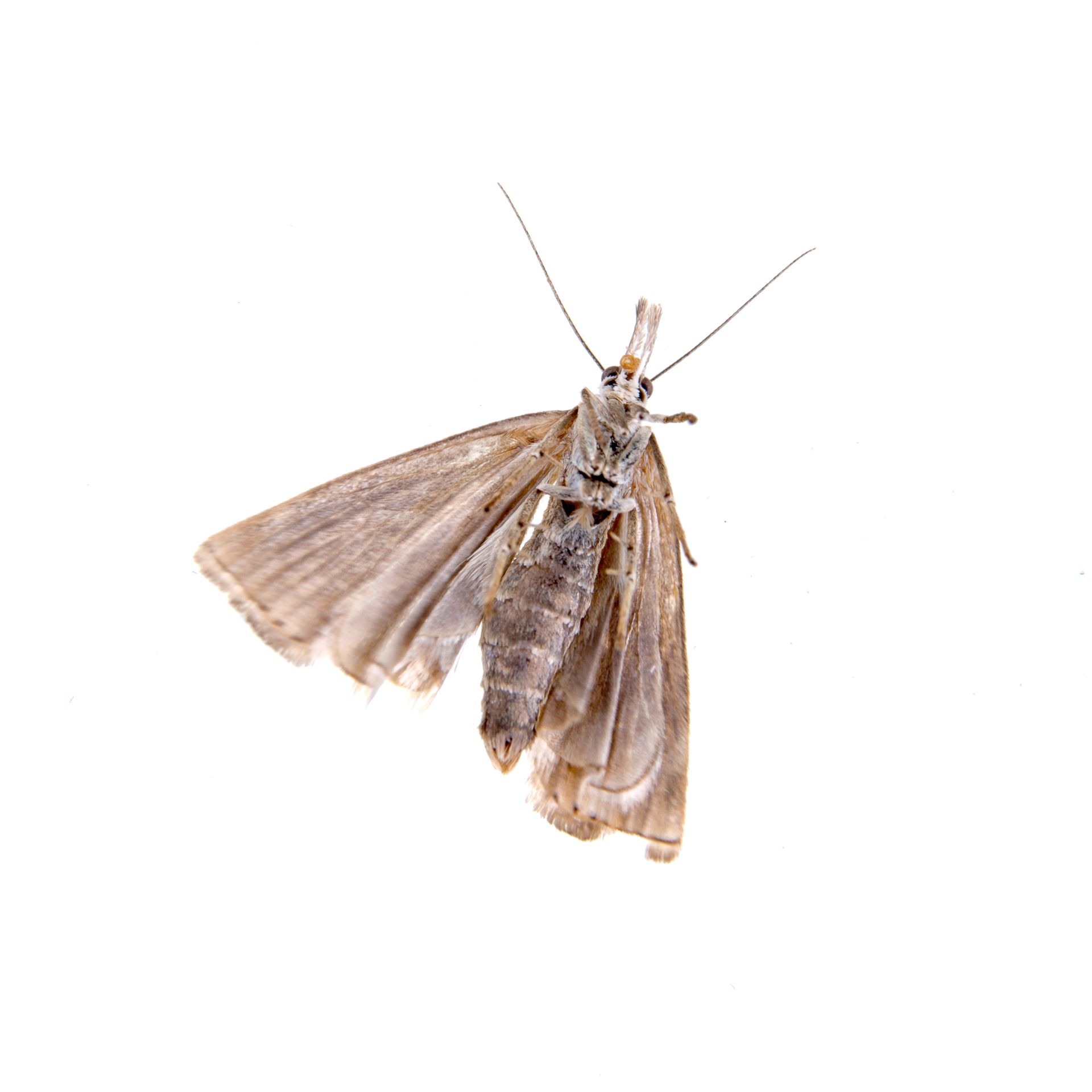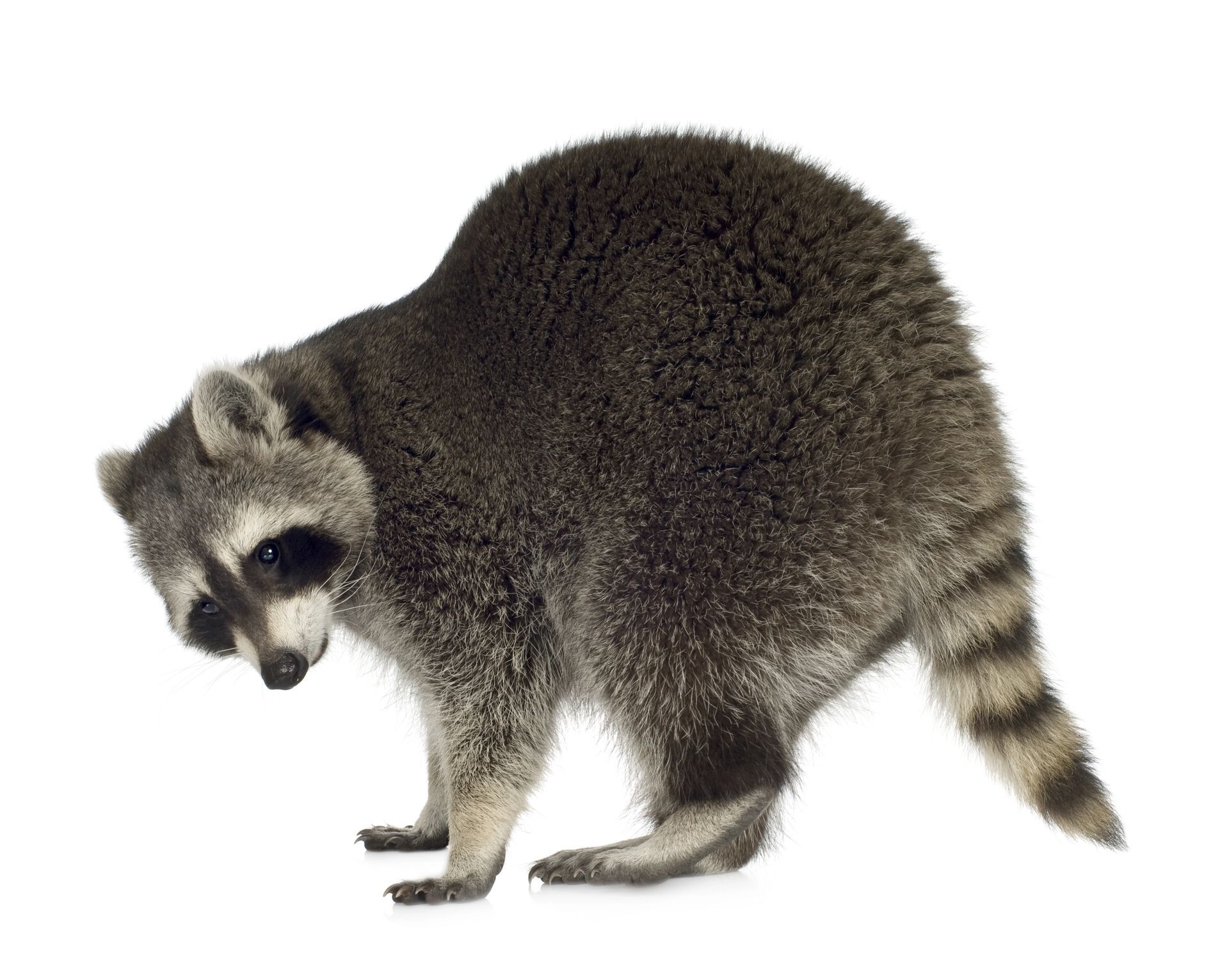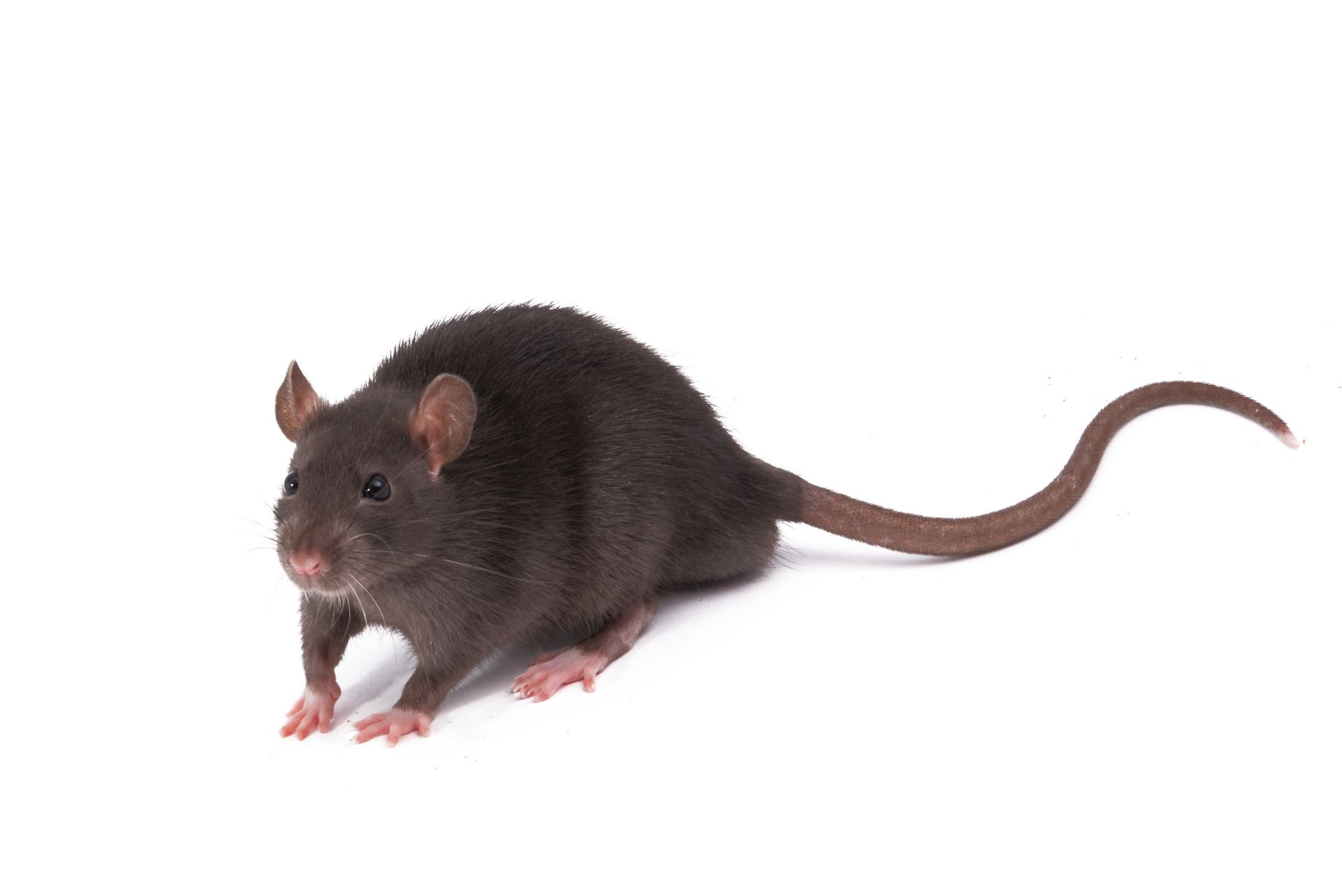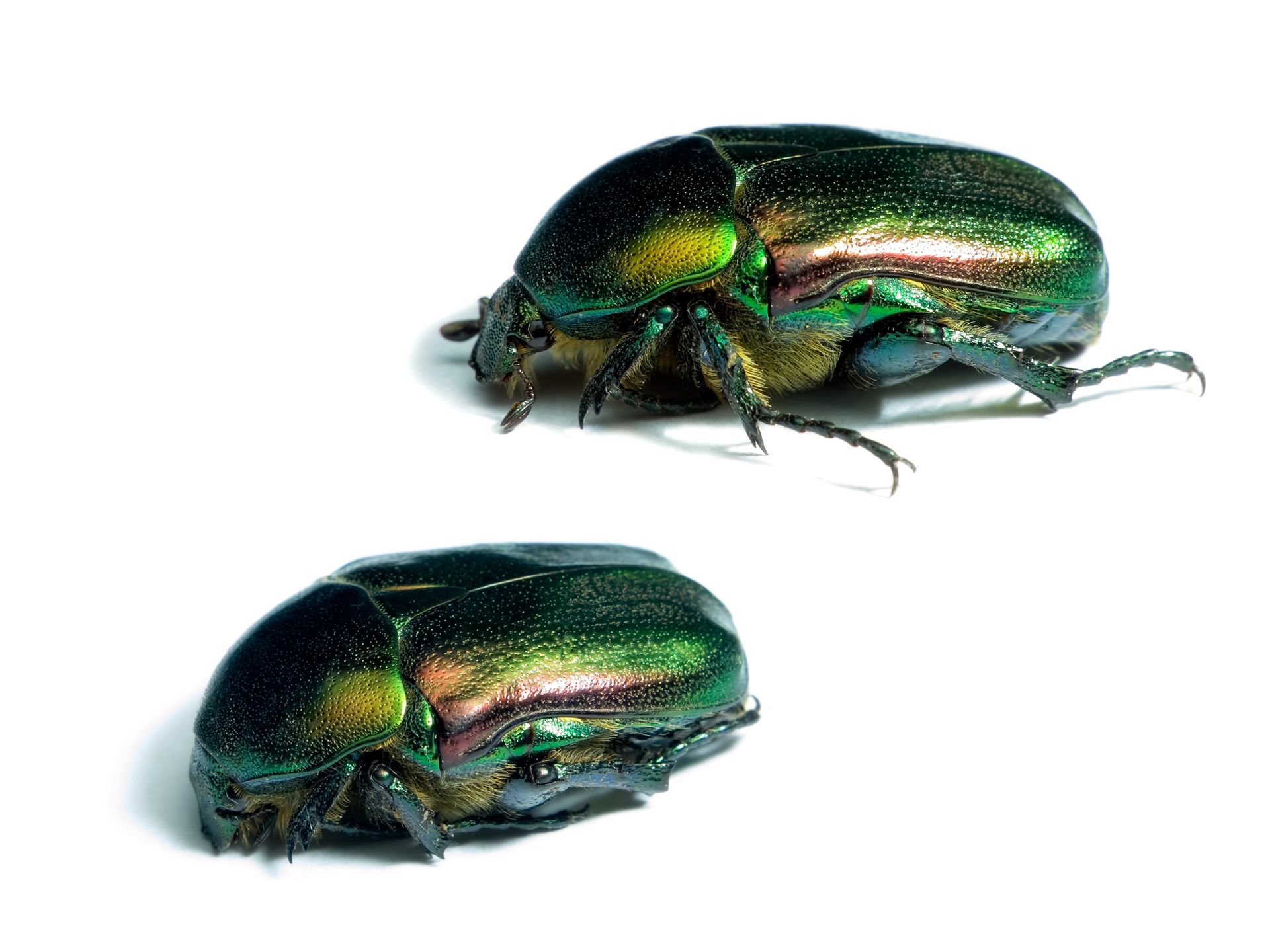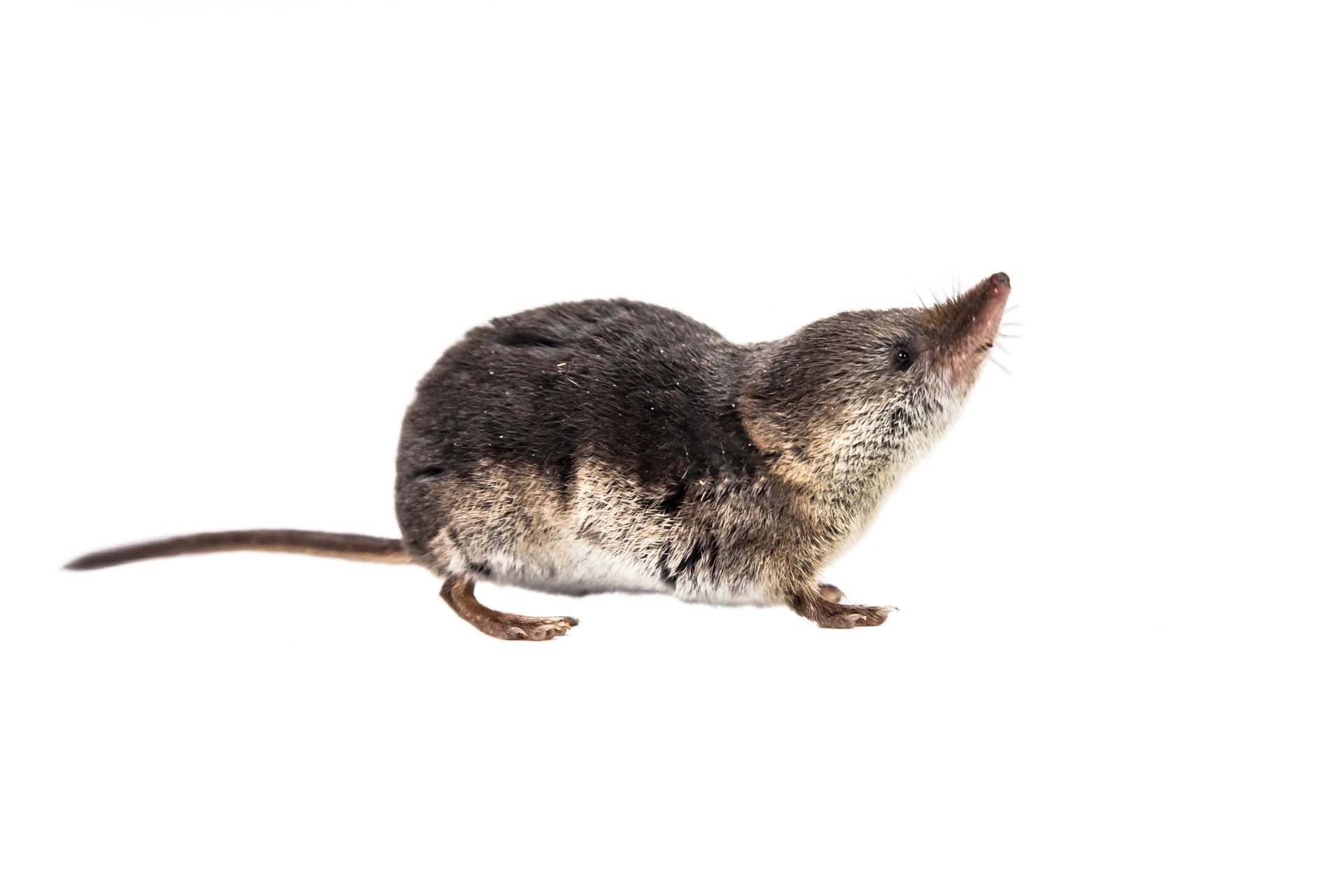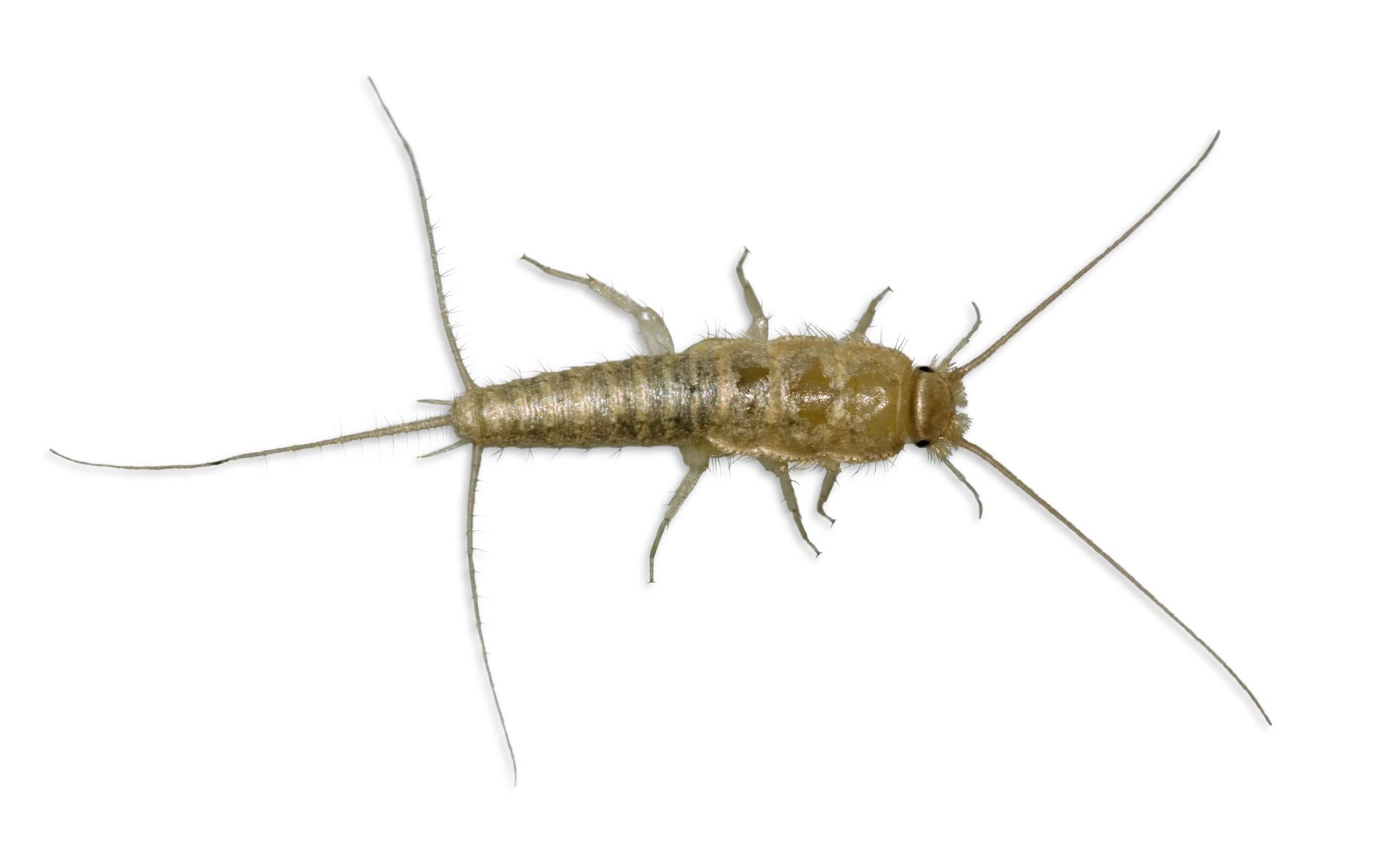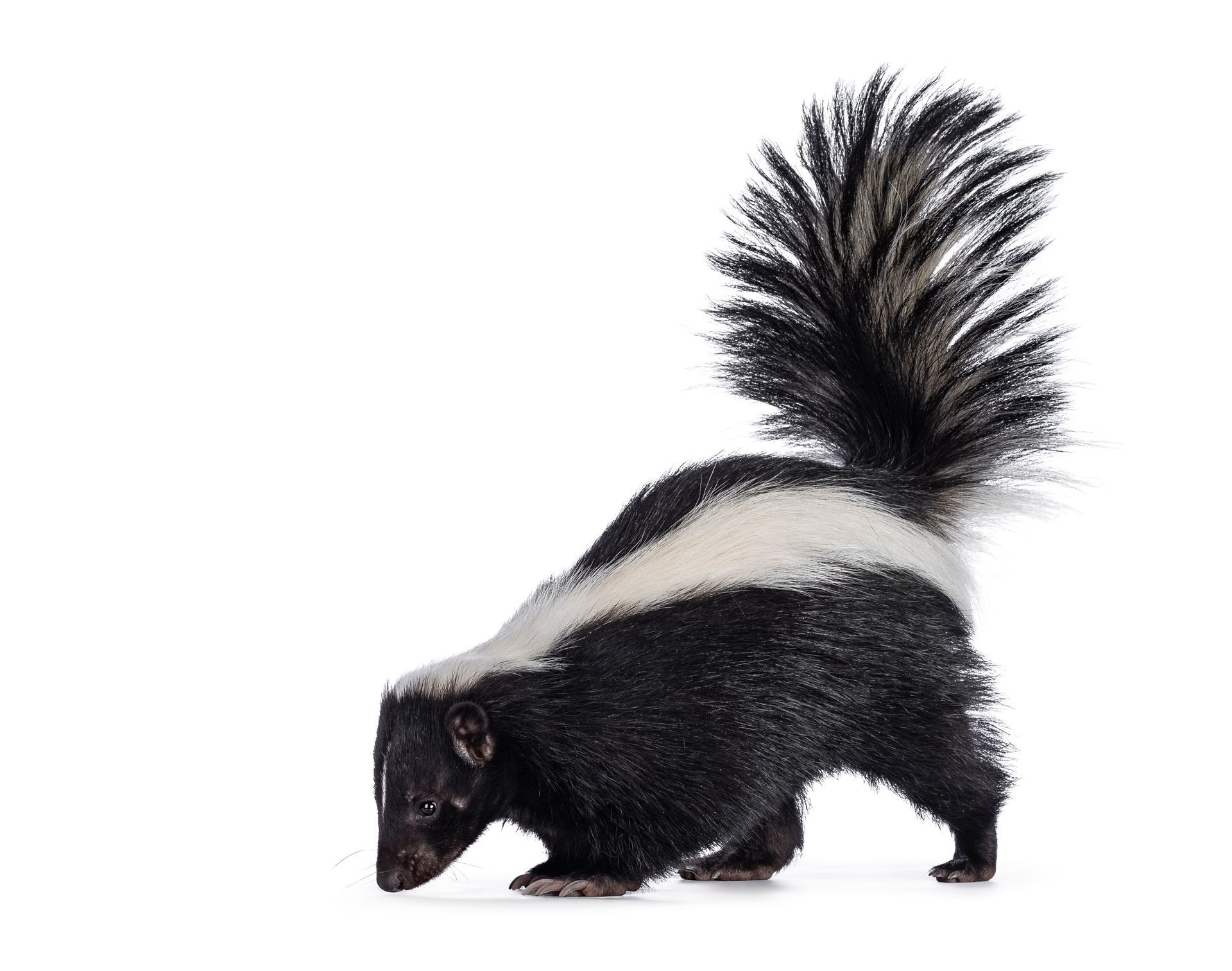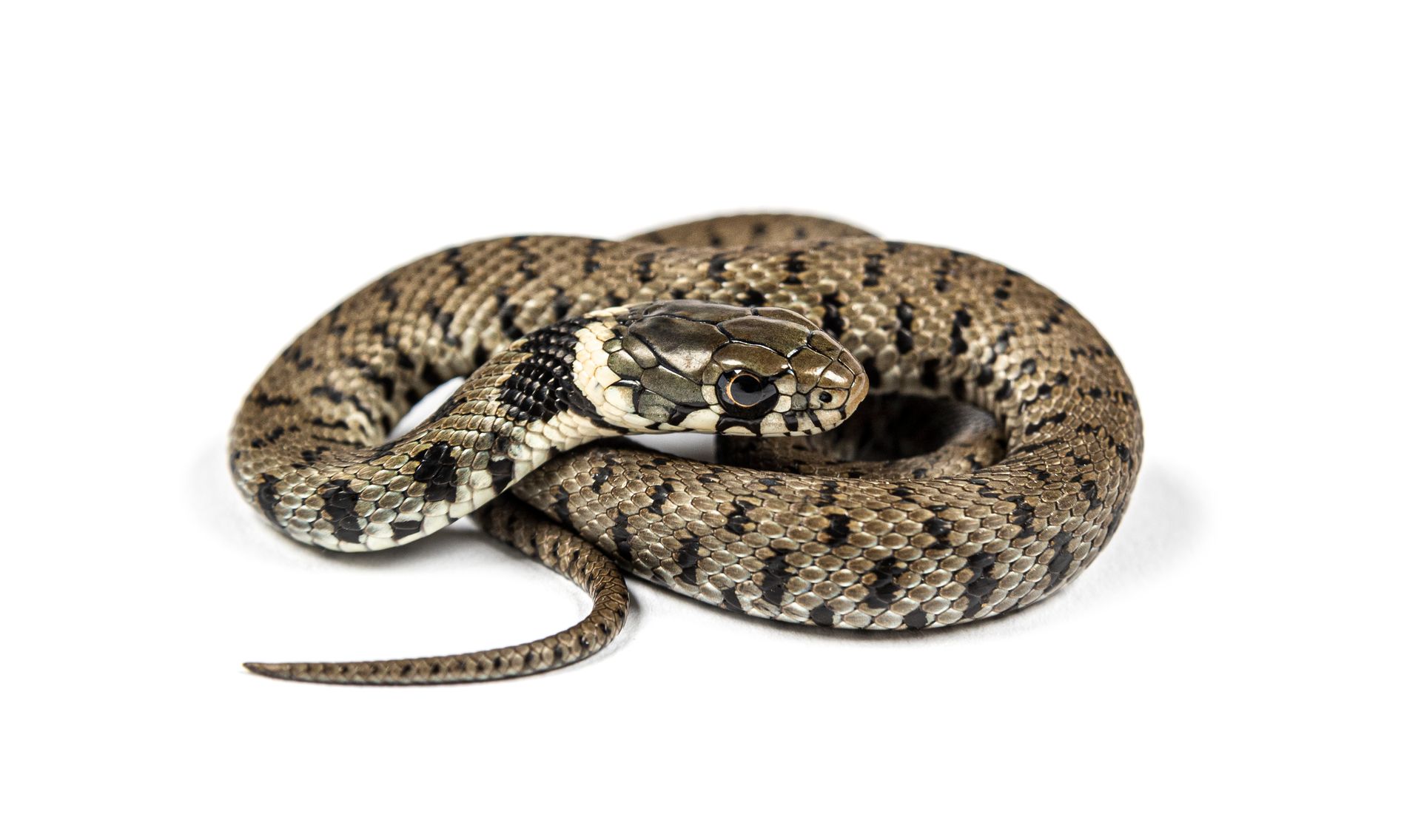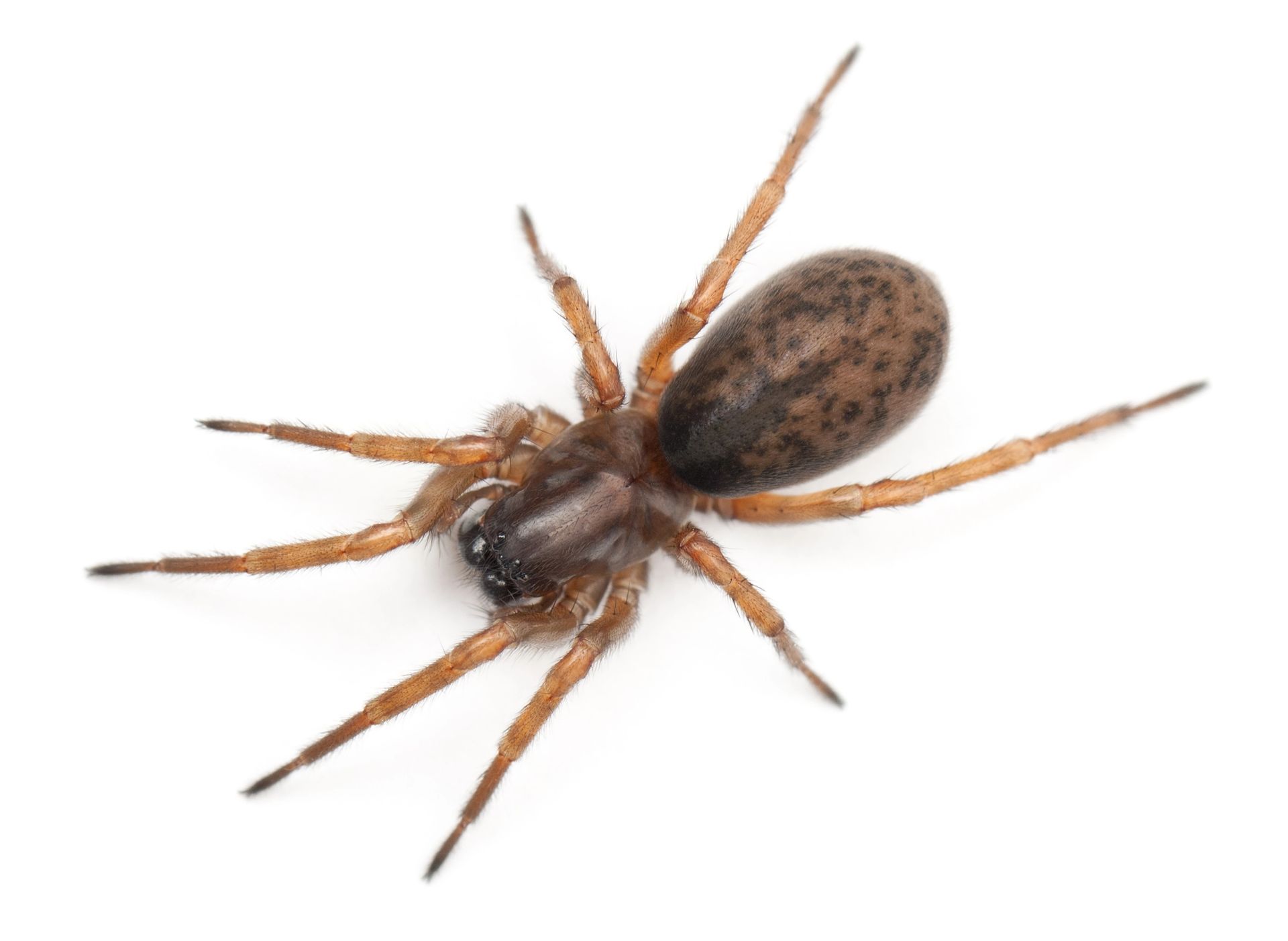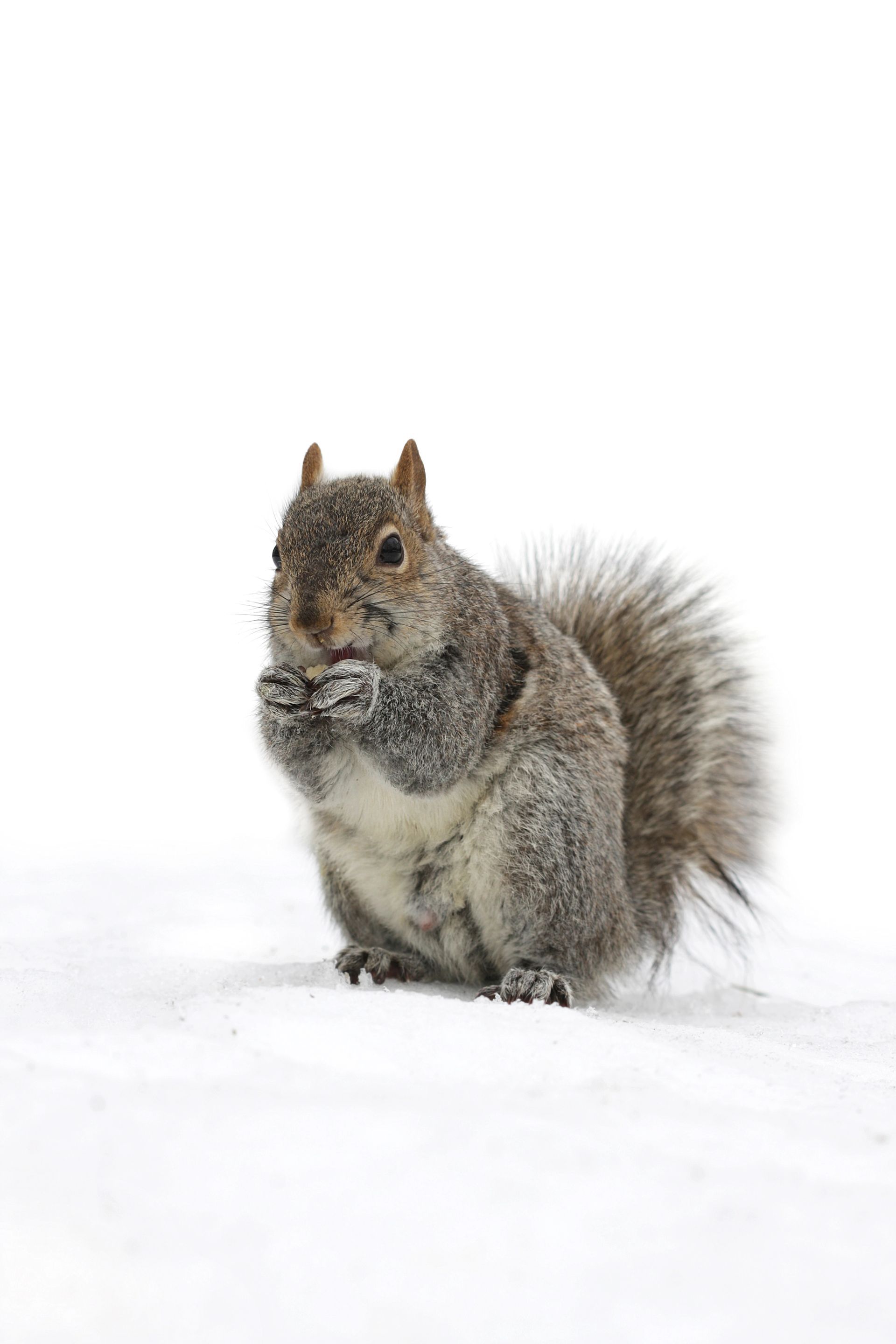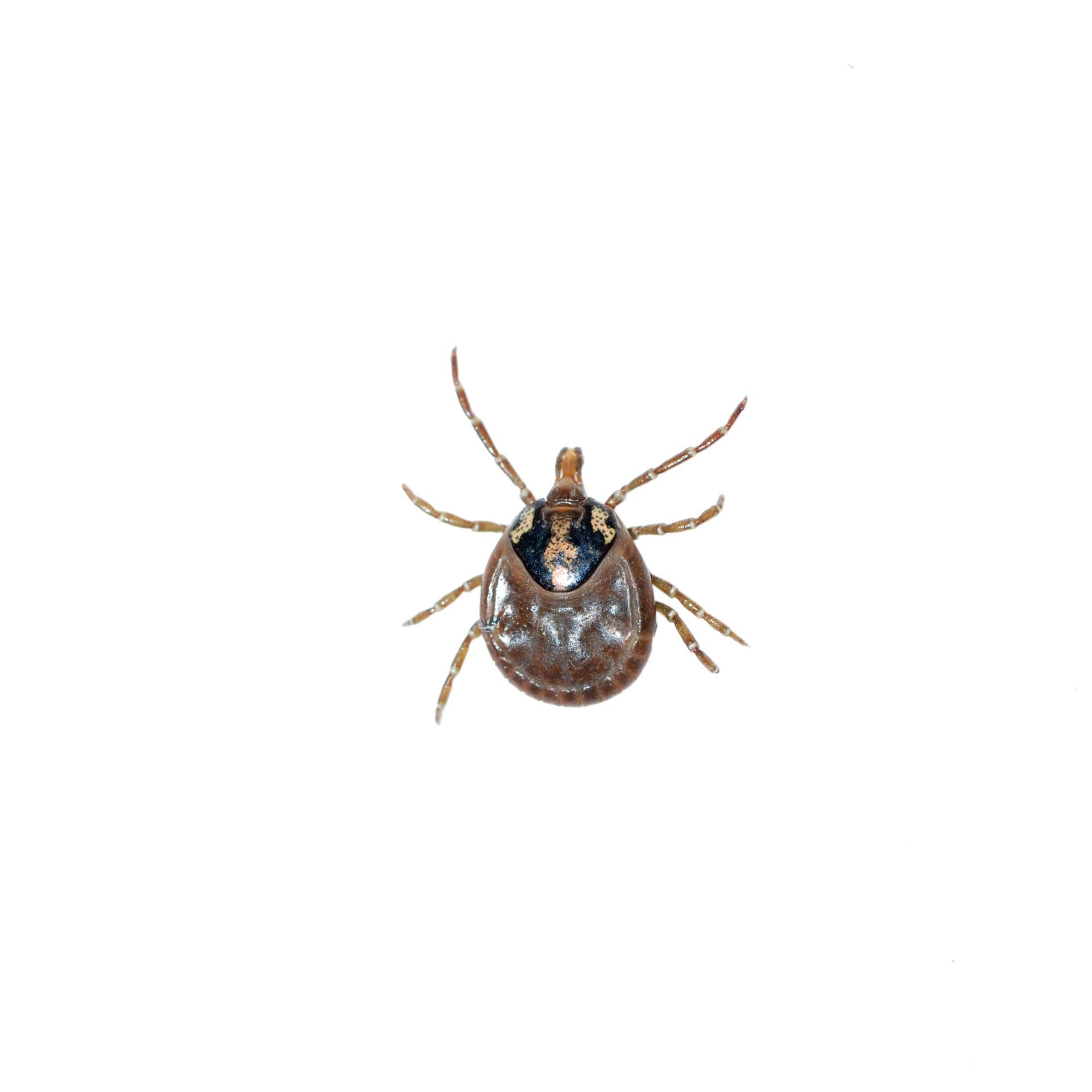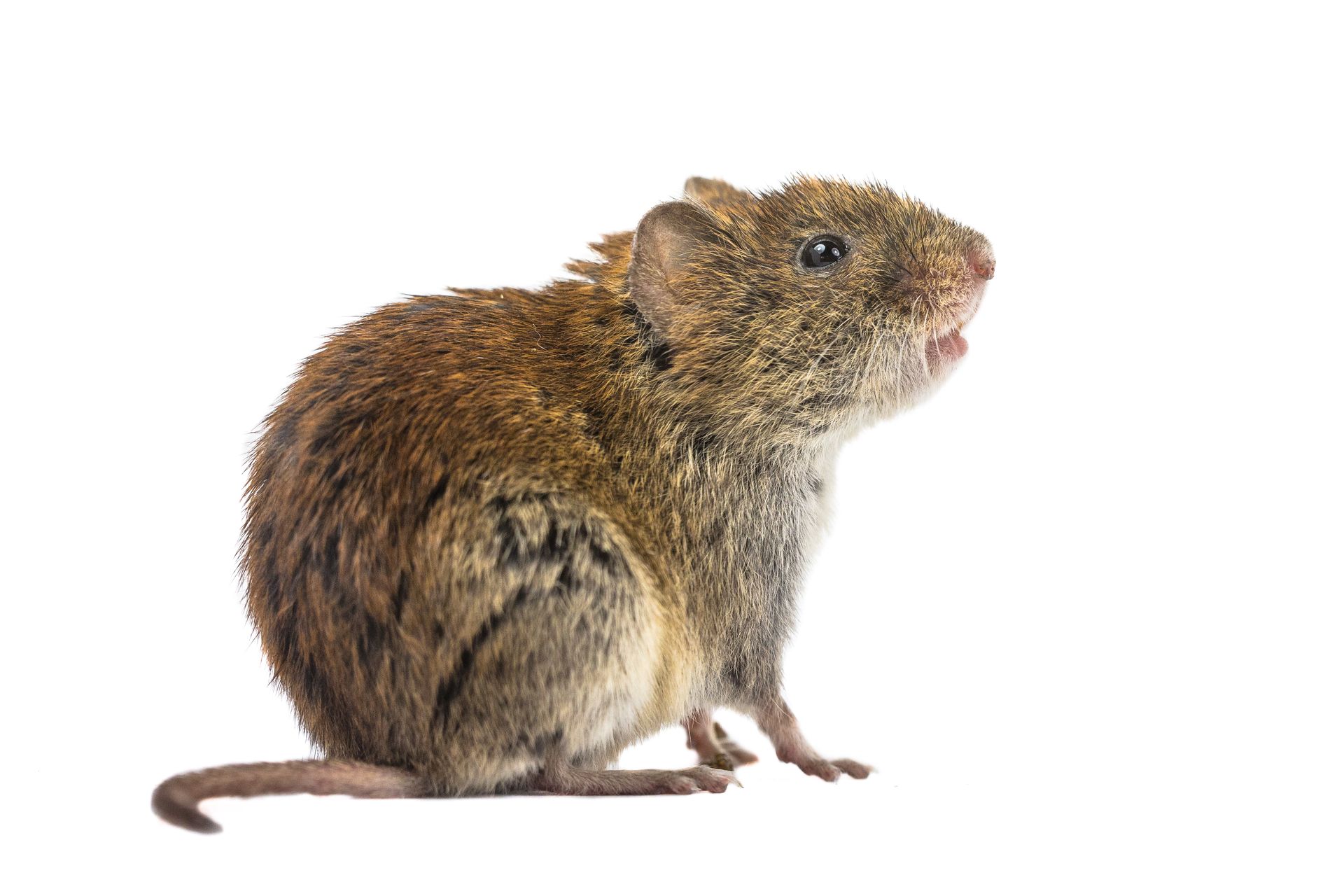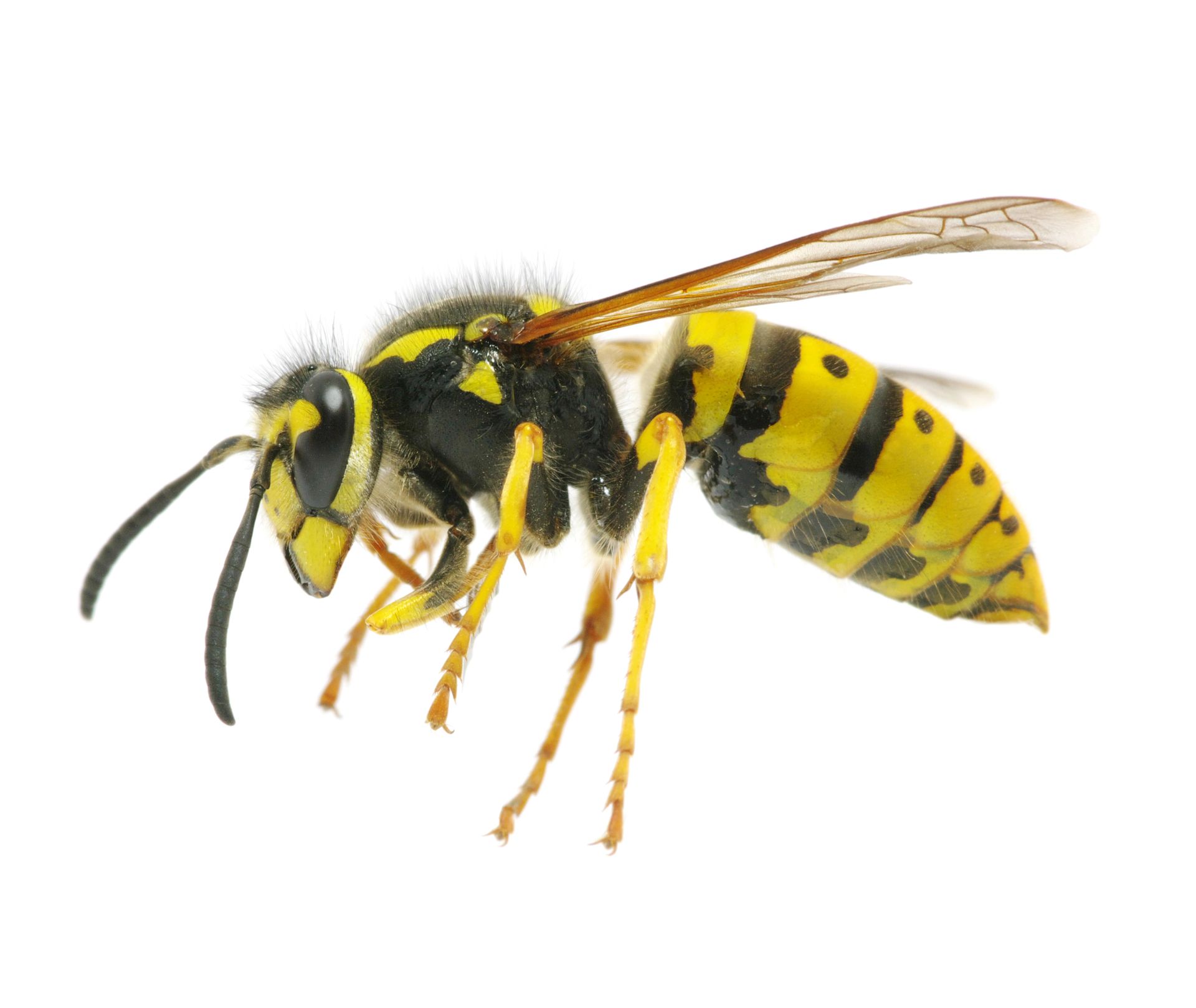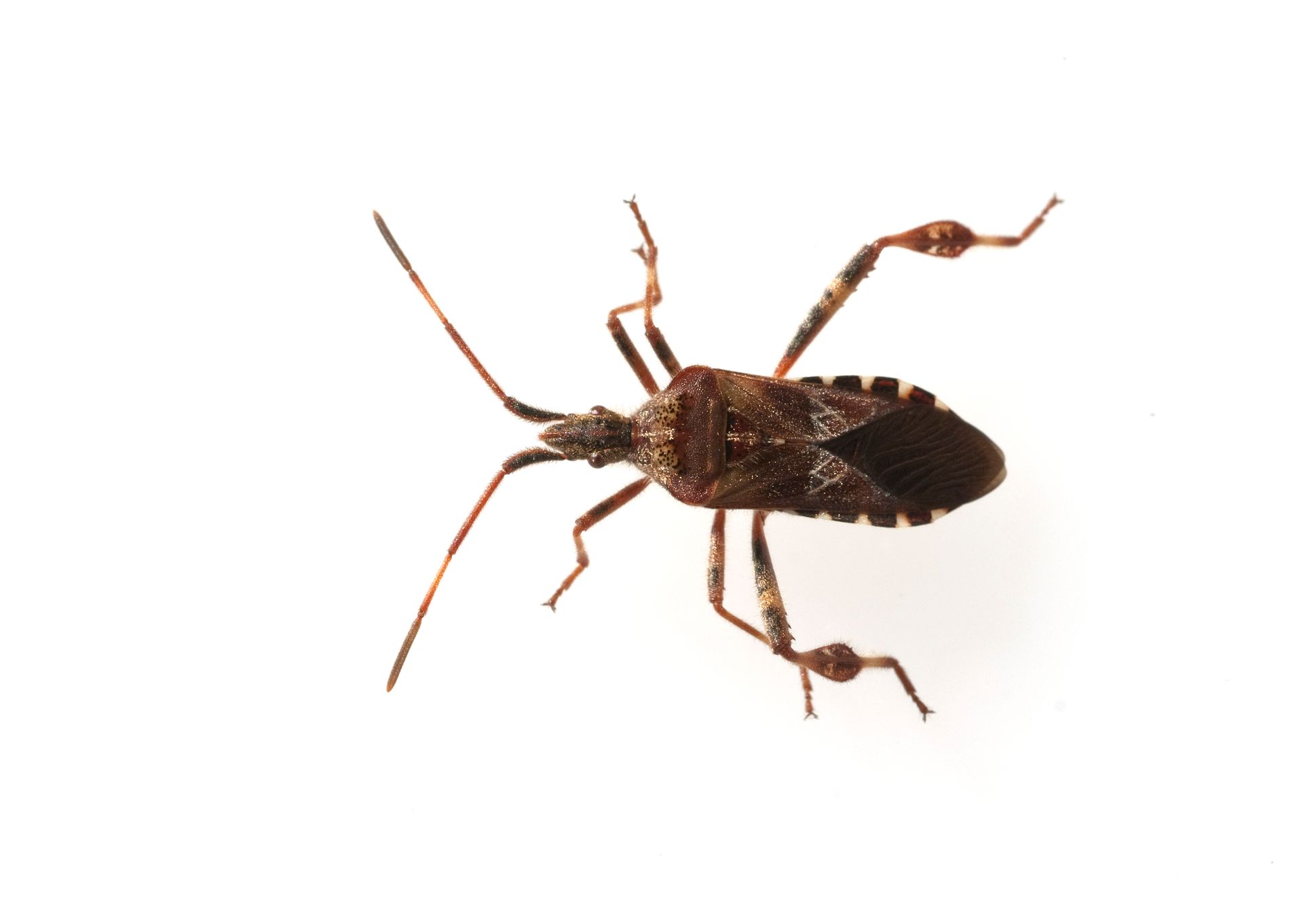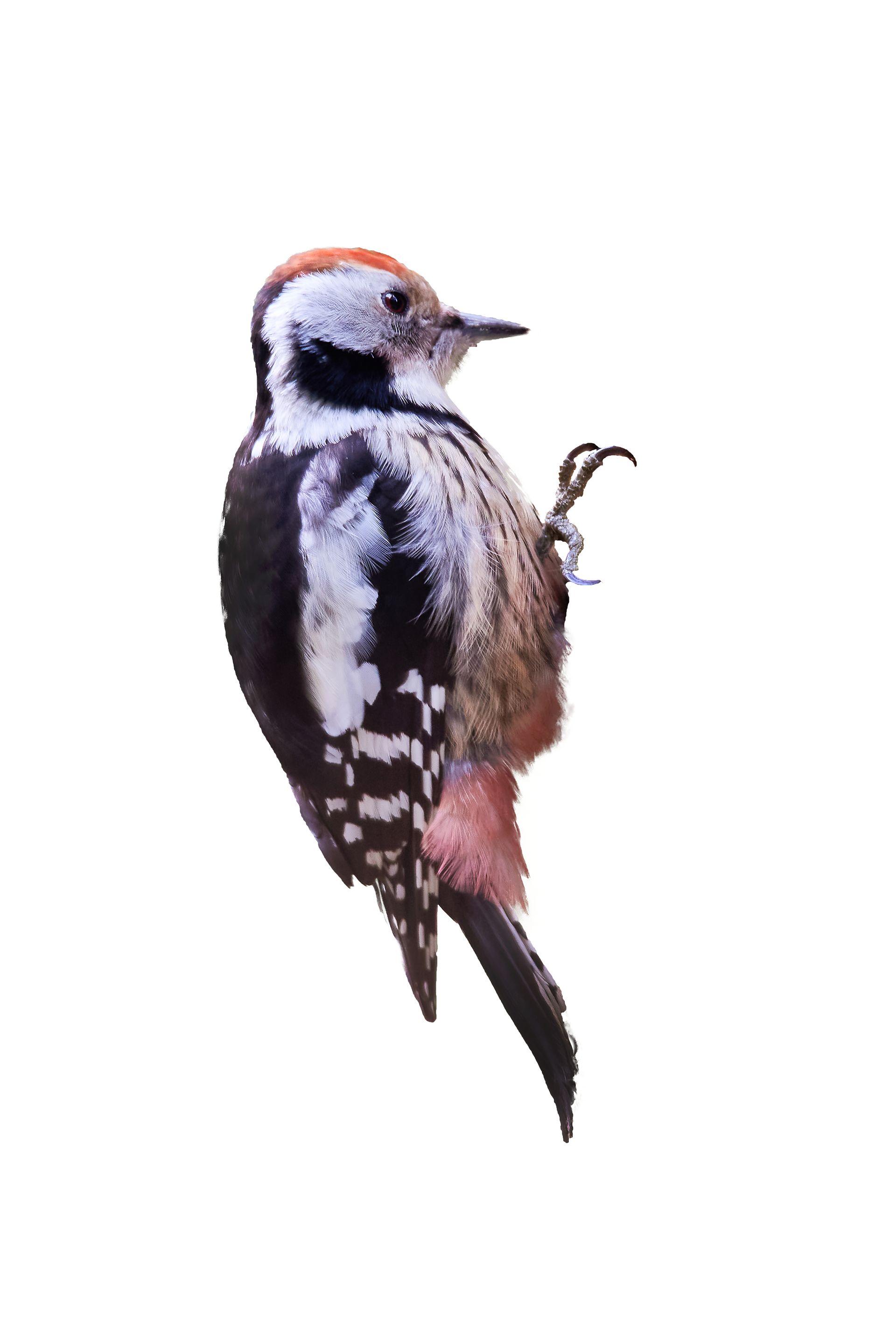Understanding Mice in Wisconsin
Mice are common pests in Wisconsin that can cause significant problems when they invade homes and buildings. Known for their rapid reproduction and ability to adapt to various environments, mice can pose health risks and cause property damage. Understanding where mice are typically found, what attracts them to indoor environments, and why they are unsuitable for homes and buildings is crucial for effective management and prevention.
Characteristics and Habitats of Mice
The most common species of mice found in Wisconsin are the house mouse (Mus musculus) and the deer mouse (Peromyscus maniculatus). House mice are small, typically gray or light brown with a lighter underside, while deer mice are slightly larger with white underbellies and feet.
Mice are typically found in:
Outdoors:
Fields and Woodlands: Mice thrive in fields, woodlands, and grassy areas where they can find food and shelter.
Near Buildings: They often nest near buildings, especially in areas with dense vegetation or debris that provide cover.
Indoors:
Kitchens and Pantries: Mice are attracted to food sources, making kitchens and pantries common areas for infestations.
Basements and Attics: These areas provide the quiet, undisturbed environments that mice prefer for nesting.
Wall Voids and Crawl Spaces: Mice often nest in hidden areas such as wall voids, crawl spaces, and behind appliances.
Attractions in Homes and Buildings
Mice are attracted to homes and buildings for several reasons:
Food Sources: Mice are omnivores and will eat almost anything, including grains, fruits, seeds, and scraps of human food. Unsecured food and crumbs are major attractants.
Shelter: Homes provide warmth and protection from predators and harsh weather, making them ideal nesting sites for mice.
Moisture: Mice need a water source to survive, and they are attracted to areas with leaks, standing water, or high humidity.
Why Mice Are Not Suitable for Homes and Buildings
The presence of mice in homes and buildings is highly undesirable for several reasons:
Health Risks:
Disease Transmission: Mice can carry and spread diseases such as hantavirus, salmonella, and leptospirosis through their droppings, urine, and saliva.
Allergies and Asthma: Mouse droppings and urine can trigger allergic reactions and asthma attacks, particularly in sensitive individuals.
Property Damage:
Gnawing: Mice constantly gnaw to keep their teeth sharp, which can lead to damage to electrical wiring, insulation, furniture, and structural components of buildings.
Contamination: Mice contaminate food supplies and surfaces with their droppings, urine, and fur, rendering them unsafe for consumption and use.
Rapid Reproduction:
Infestation Growth: Mice reproduce quickly, with a single pair capable of producing dozens of offspring in a year. This rapid reproduction can lead to severe infestations if not promptly addressed.
Prevention and Control
To prevent and control mouse infestations in homes and buildings, consider the following strategies:
Seal Entry Points:
Caulk Cracks and Gaps: Inspect and seal any cracks and gaps around windows, doors, and foundations to prevent mice from entering.
Install Door Sweeps: Use door sweeps on exterior doors to close gaps that mice could use to enter.
Maintain Cleanliness:
Proper Food Storage: Store food in airtight containers and clean up spills and crumbs promptly to reduce food sources for mice.
Garbage Management: Use tightly sealed trash bins and dispose of garbage regularly.
Eliminate Moisture:
Fix Leaks: Repair any leaky faucets, pipes, and appliances to eliminate water sources.
Proper Ventilation: Ensure proper ventilation in areas prone to high humidity, such as basements and attics.
Use Traps and Baits:
Mouse Traps: Set mouse traps in areas where mouse activity is suspected, such as along walls and near food sources.
Bait Stations: Use bait stations with rodenticides to control mouse populations, following all safety guidelines.
Professional Pest Control:
Inspection and Treatment: For severe infestations, contact a professional pest control service like BugBoss The X-Terminator for comprehensive mouse management. Professionals can identify nesting sites and apply targeted treatments.
Ongoing Prevention: Regular follow-up treatments and inspections help ensure that mice do not return.
Understanding the habits and risks associated with mice in Wisconsin is crucial for keeping your home or building free from these pests. If you suspect a mouse problem, taking swift action can prevent further issues and ensure a healthy living environment. Trust BugBoss The X-Terminator to provide expert advice and effective mouse control solutions tailored to your needs.
Local Pests & Wildlife in Wisconsin



